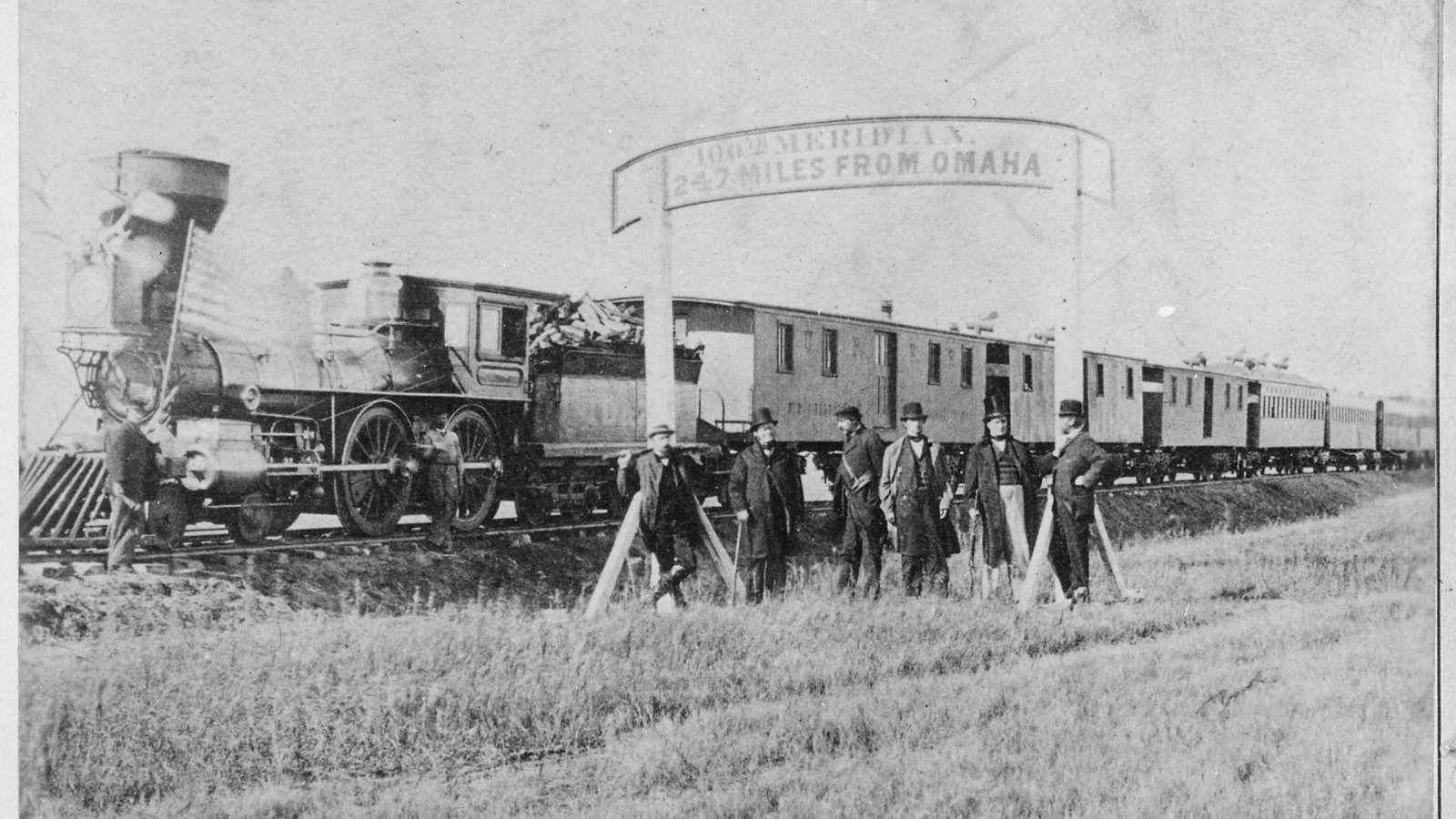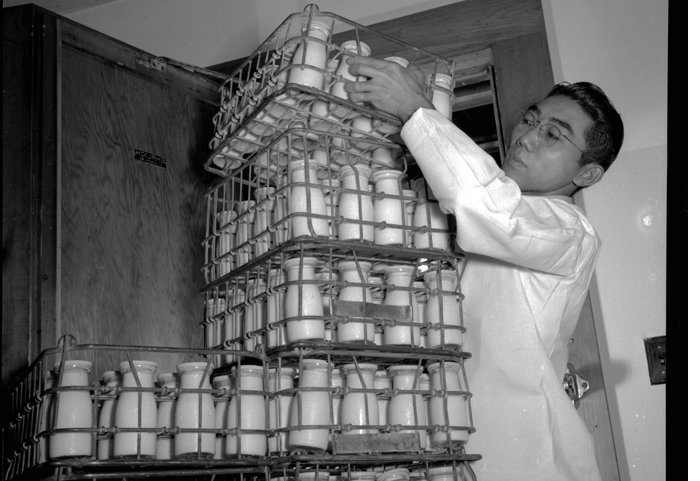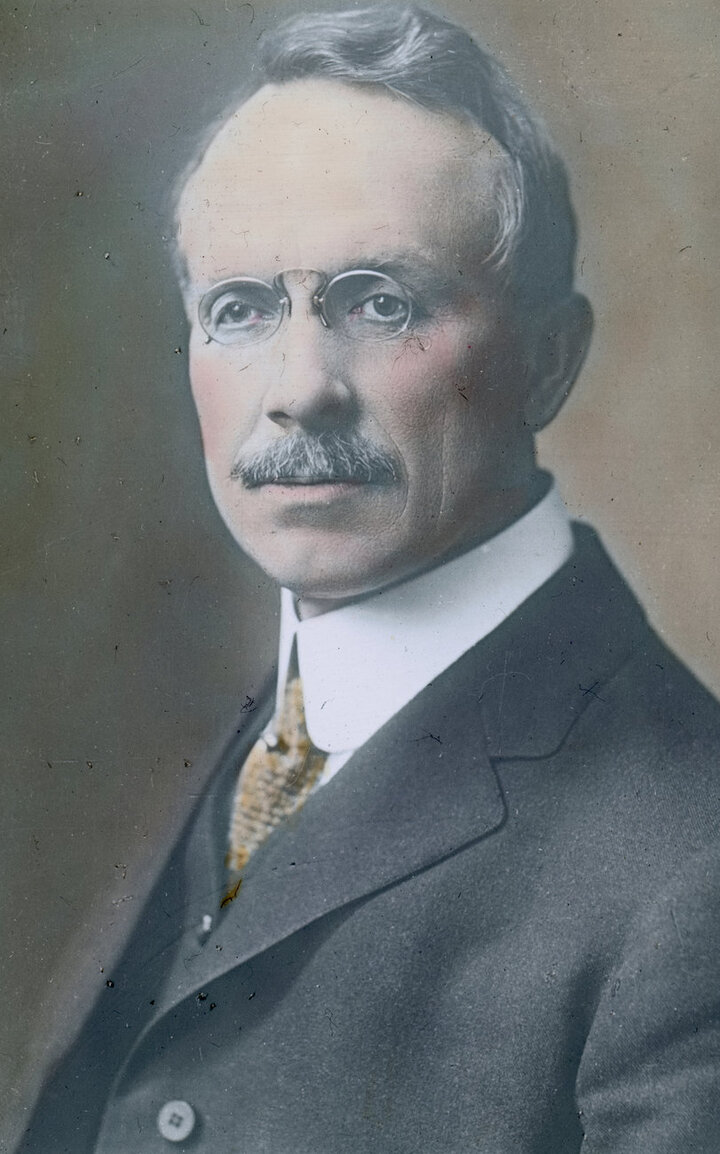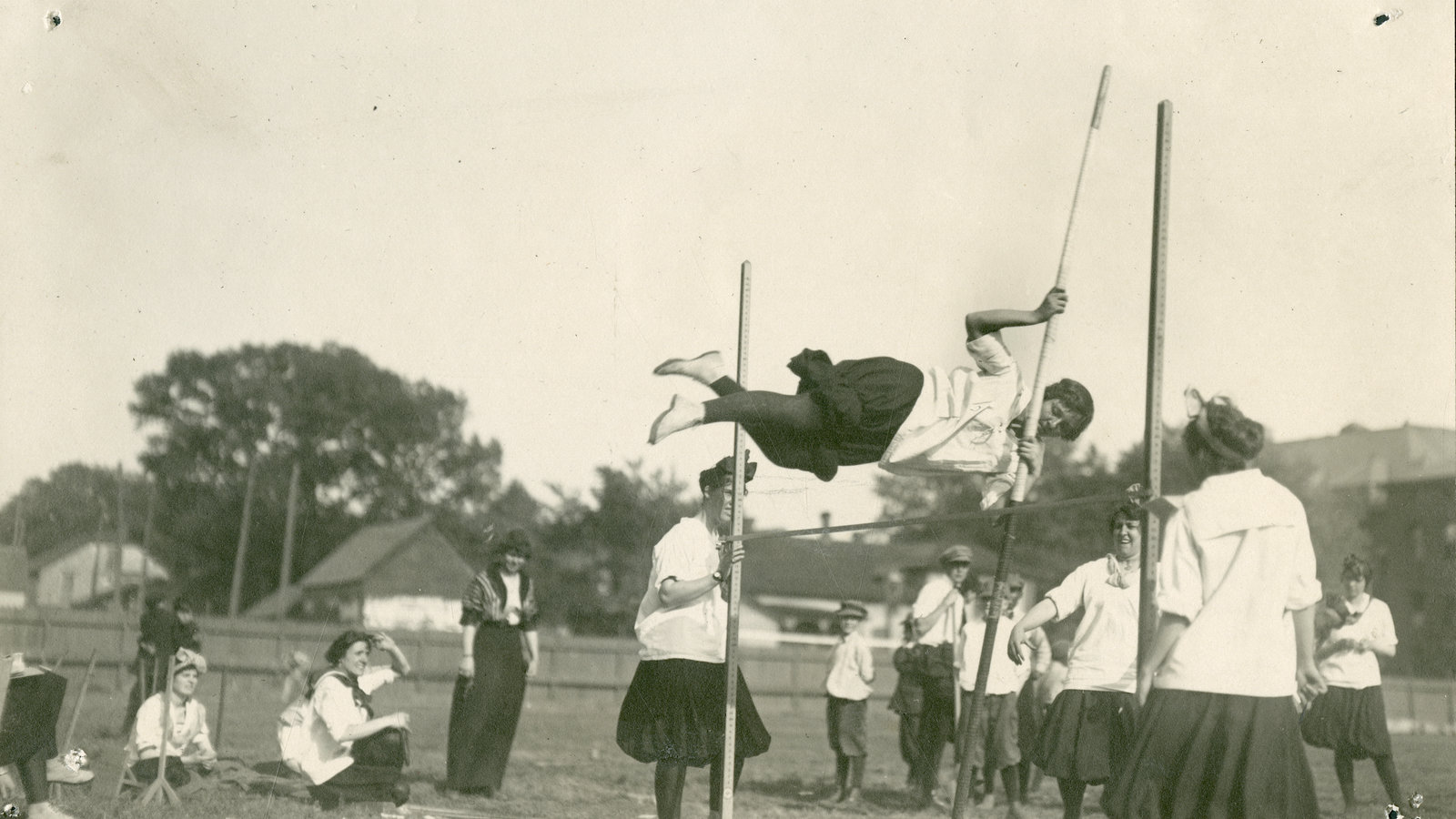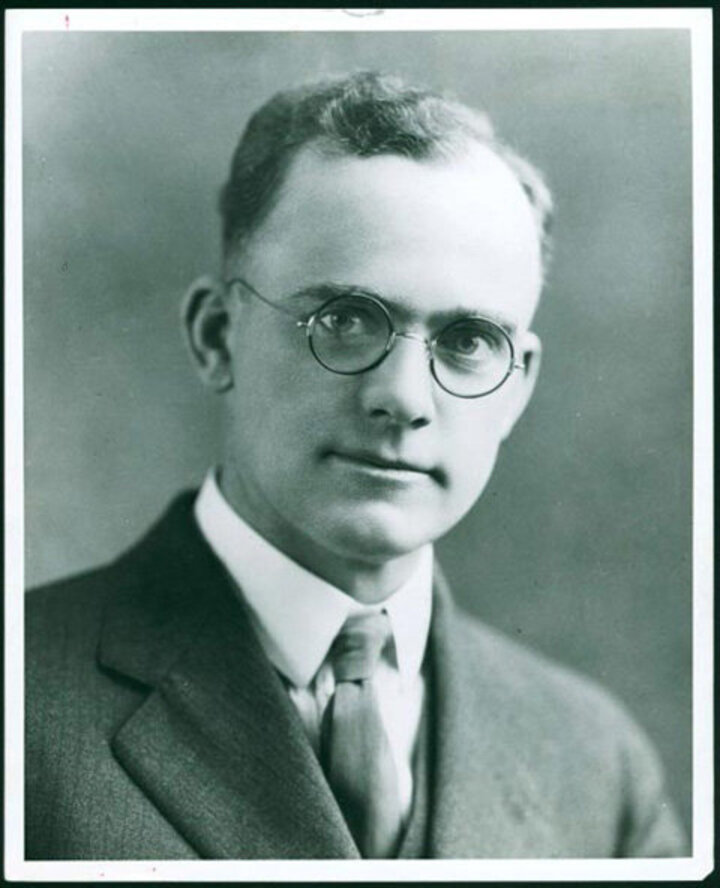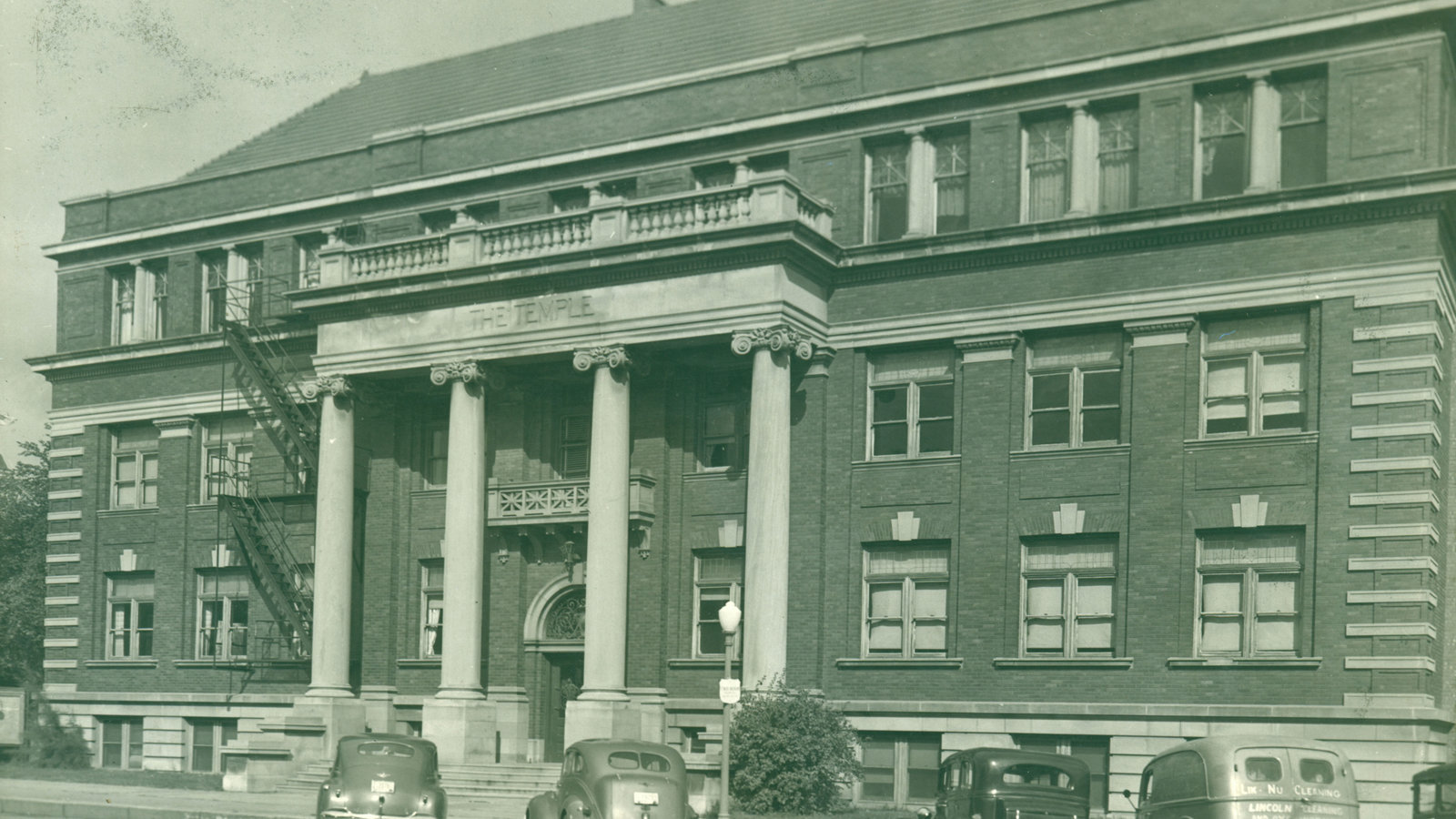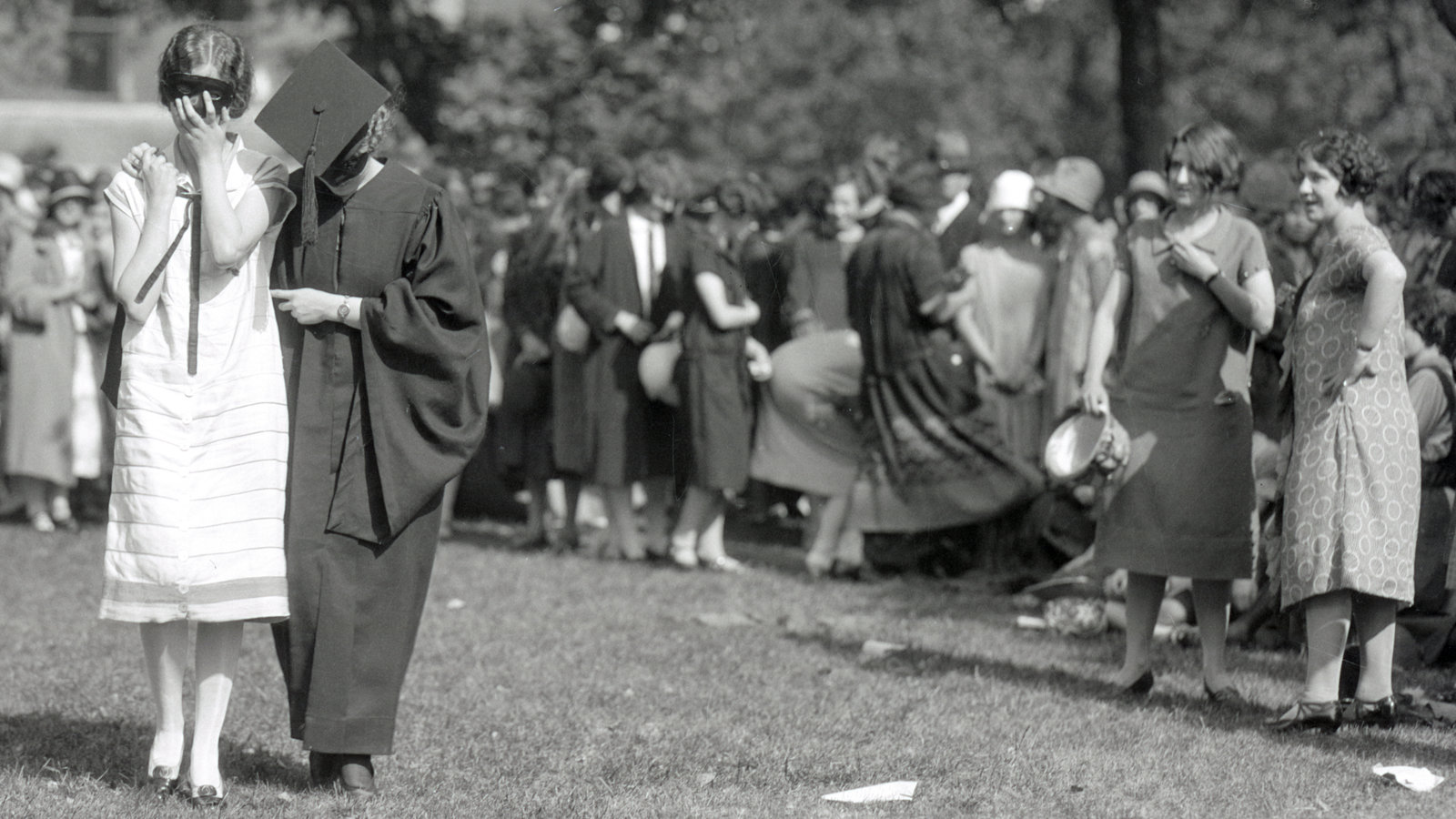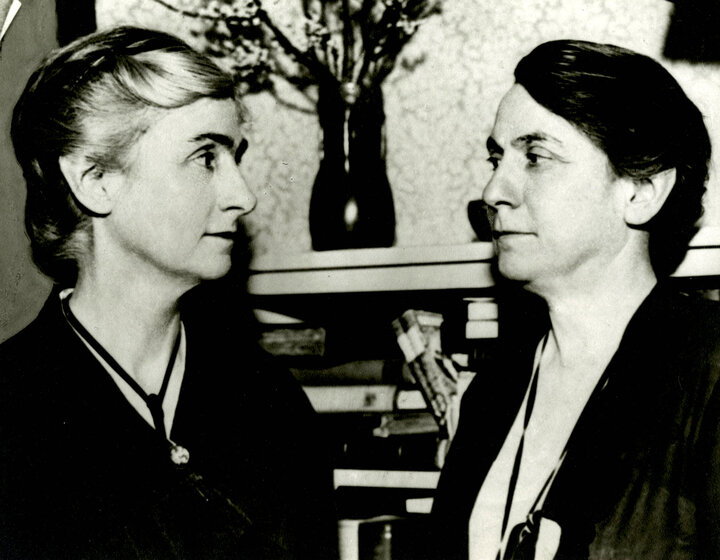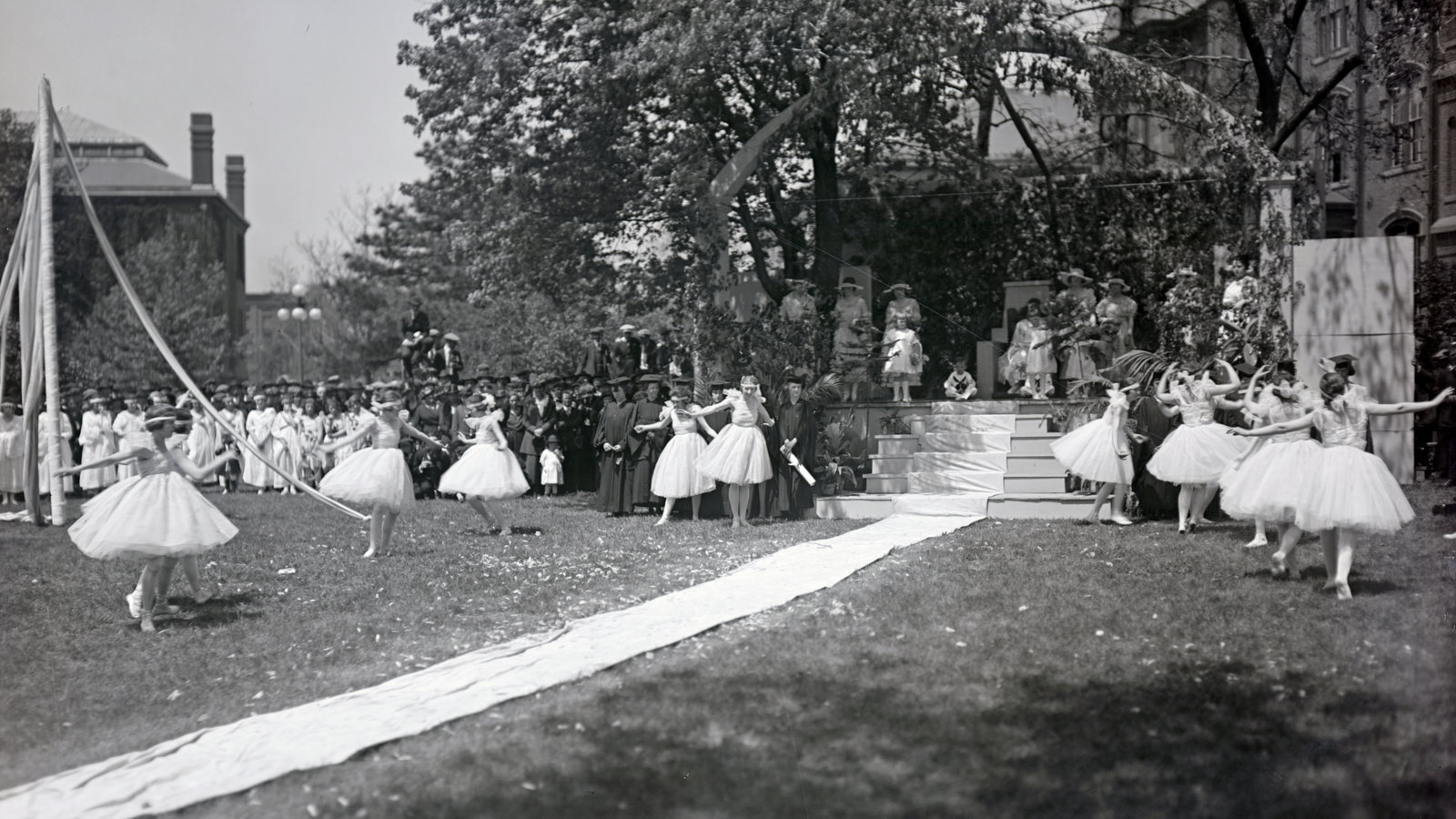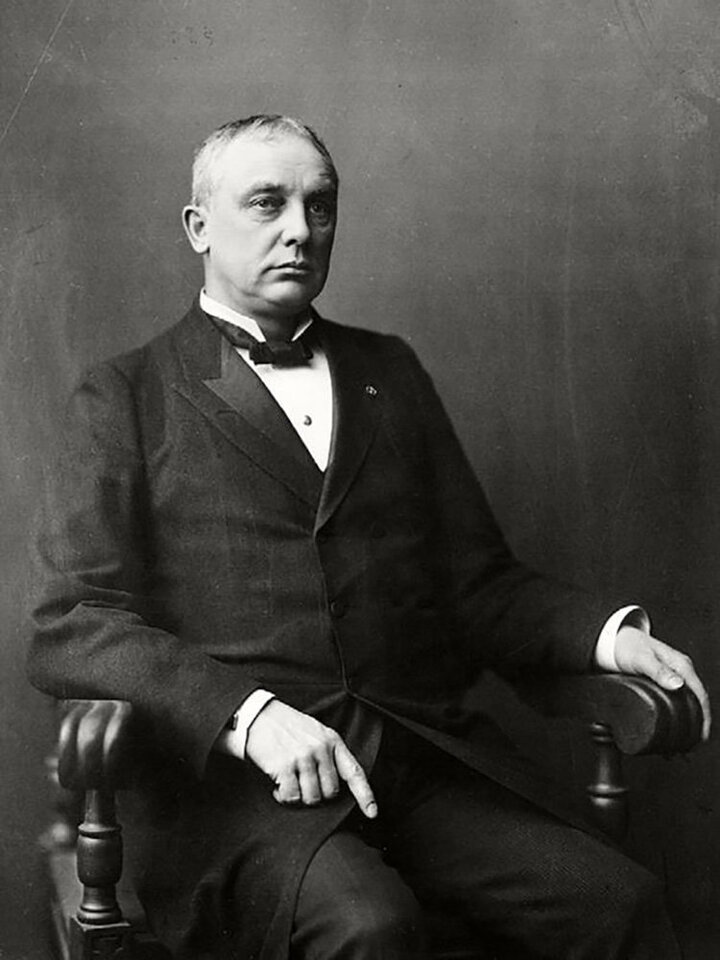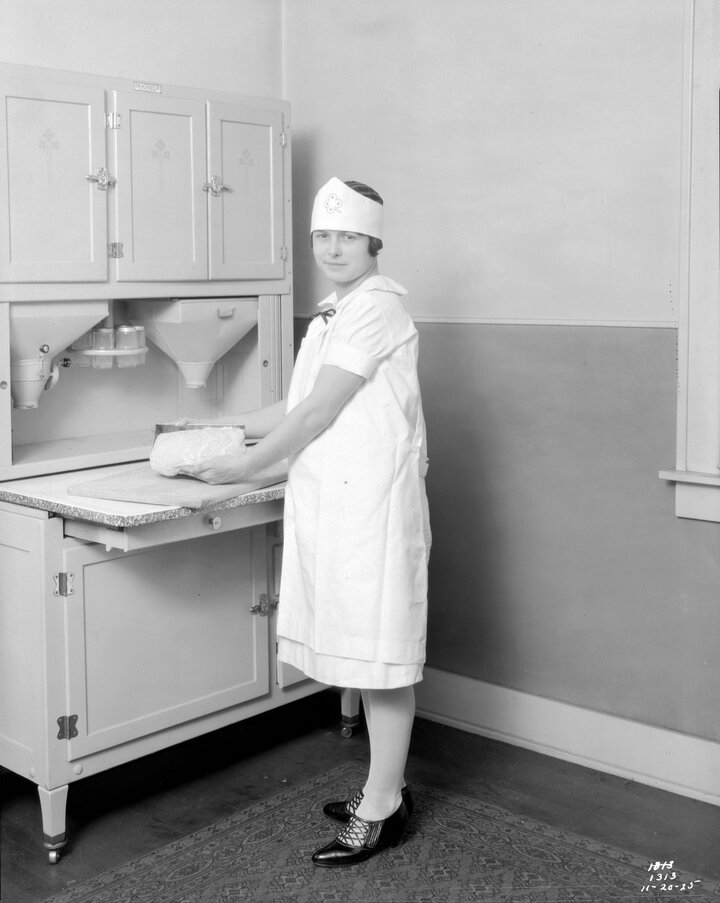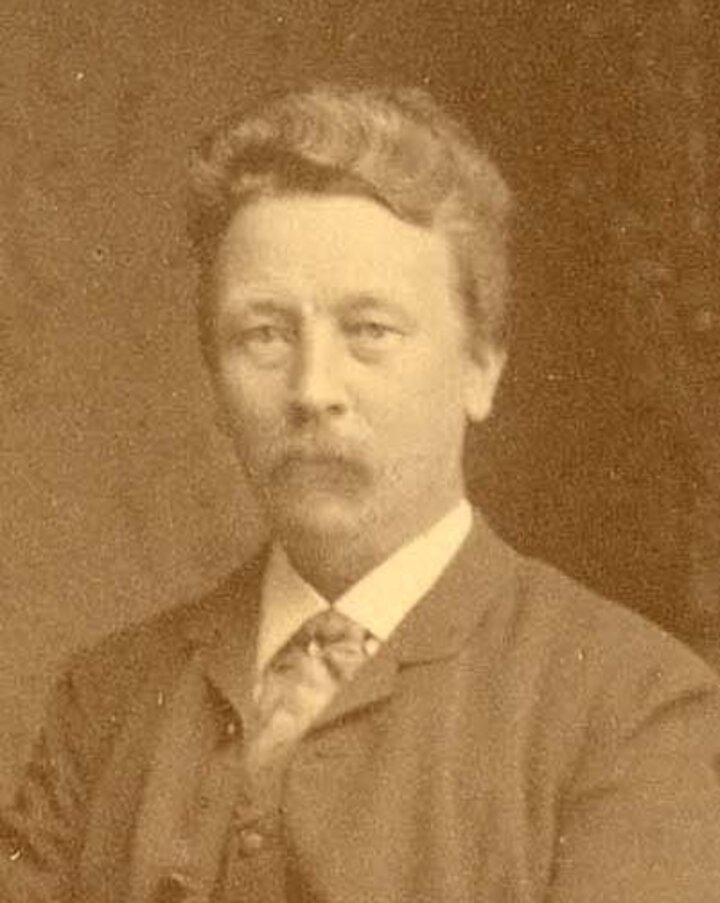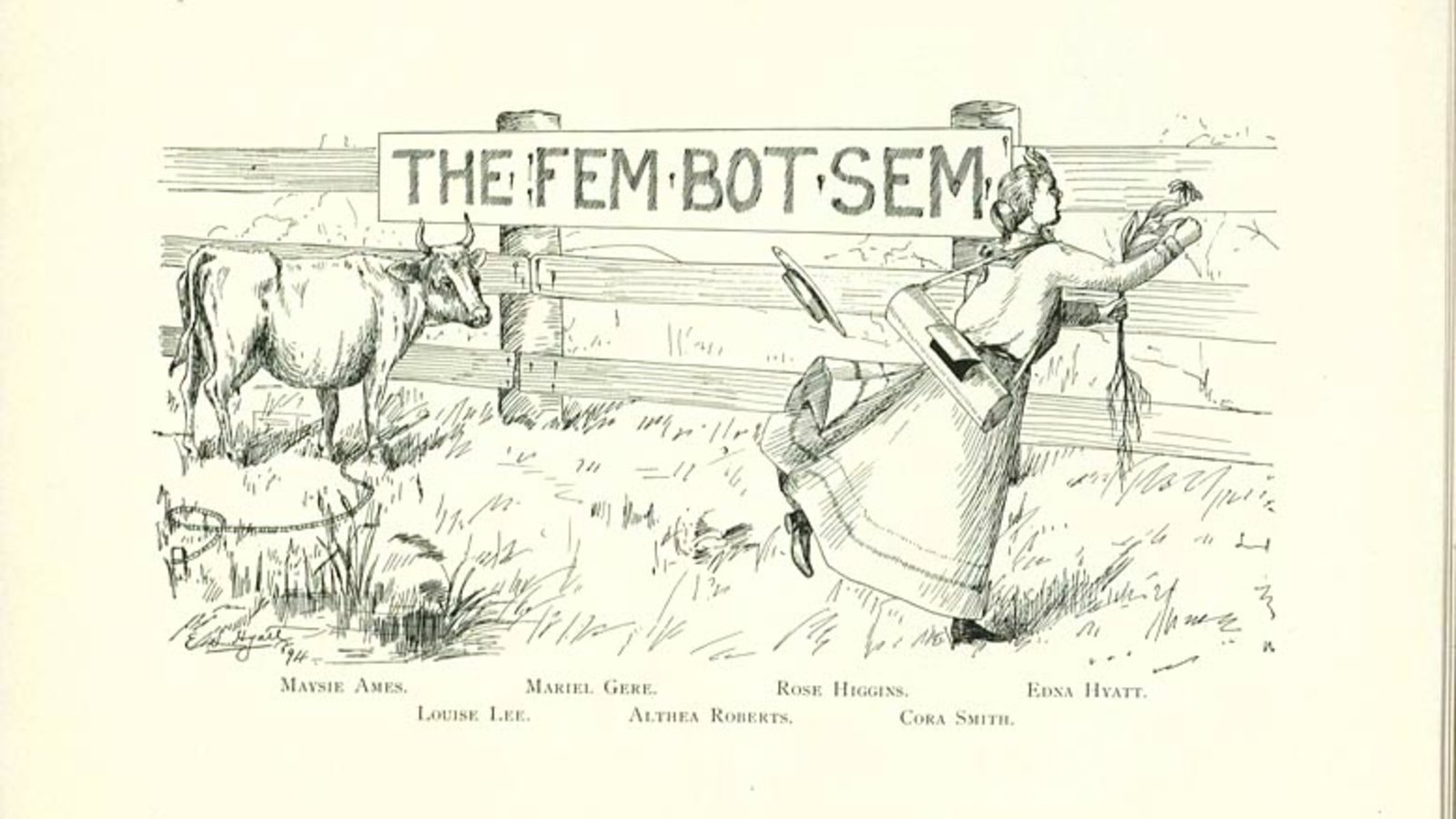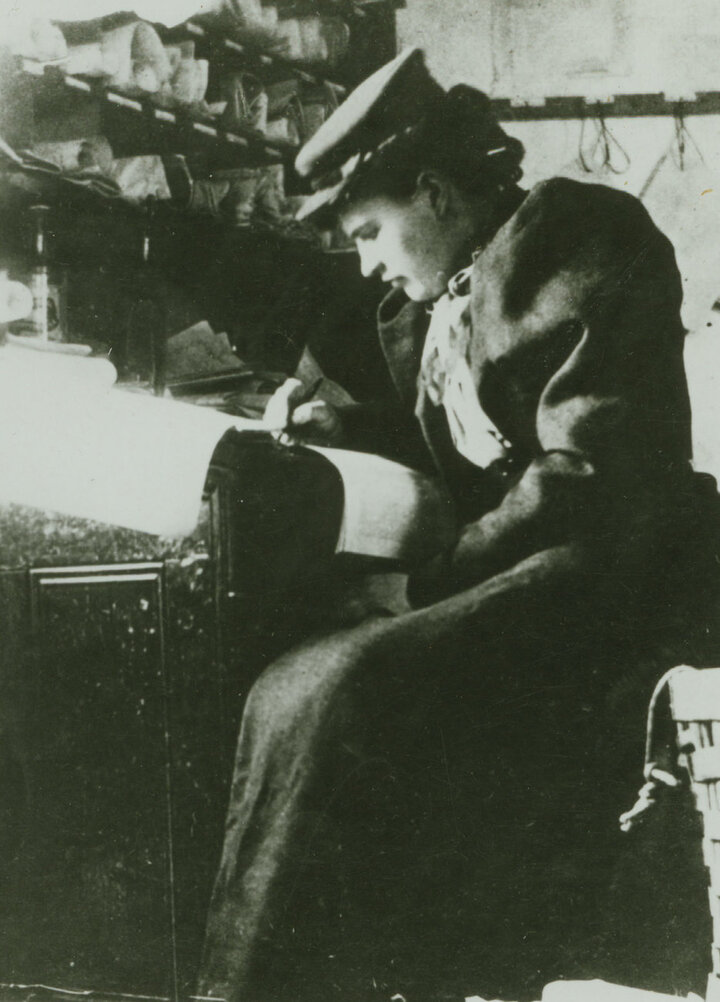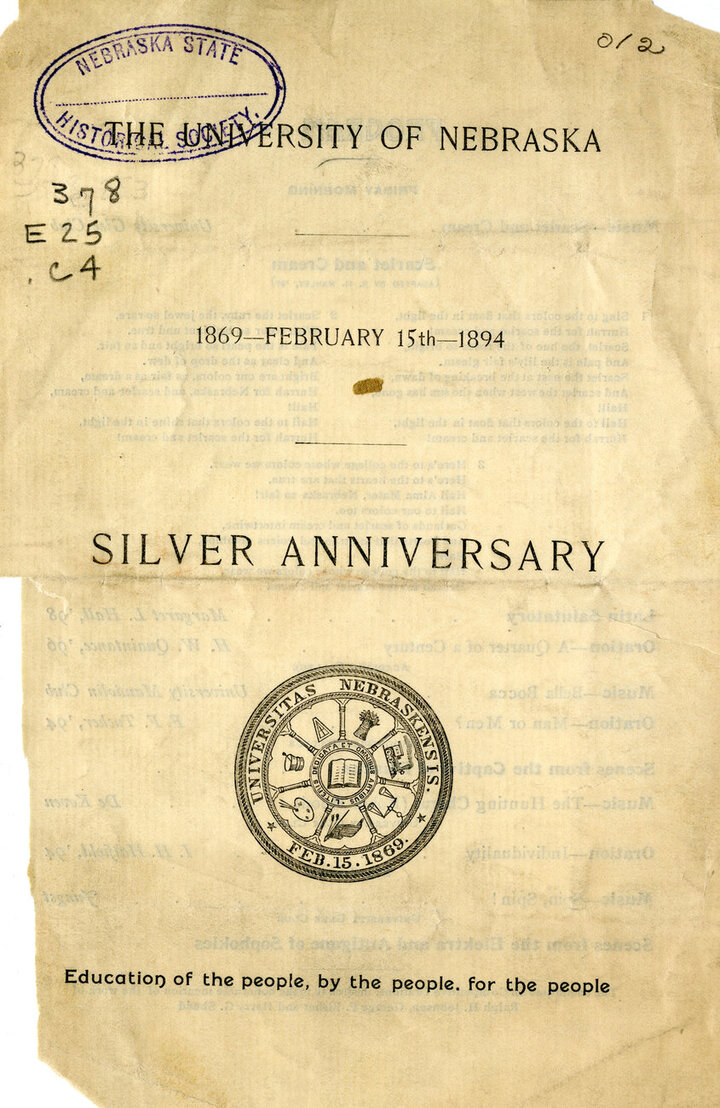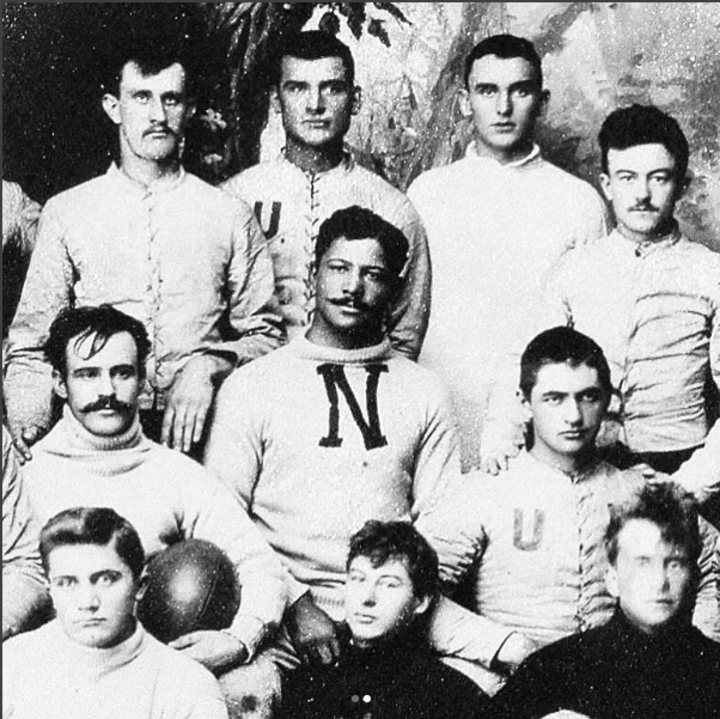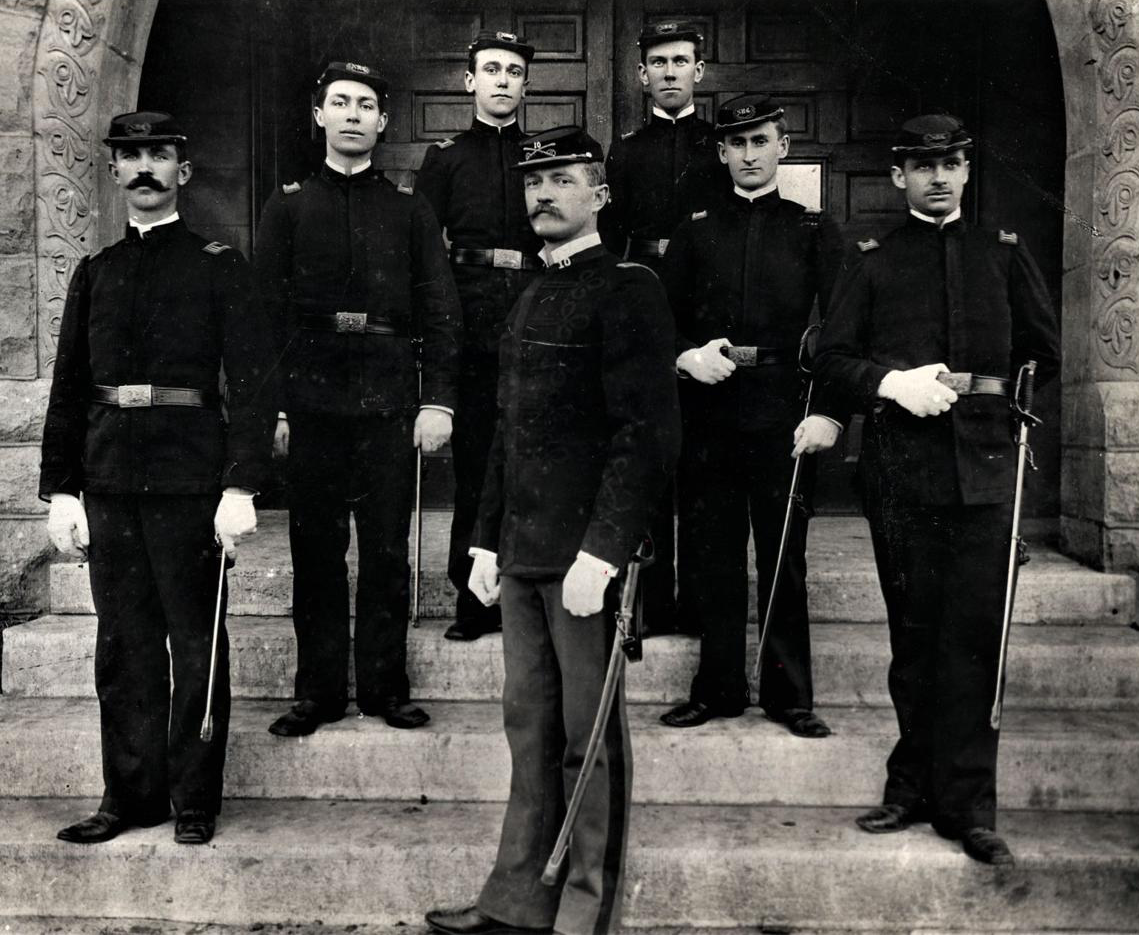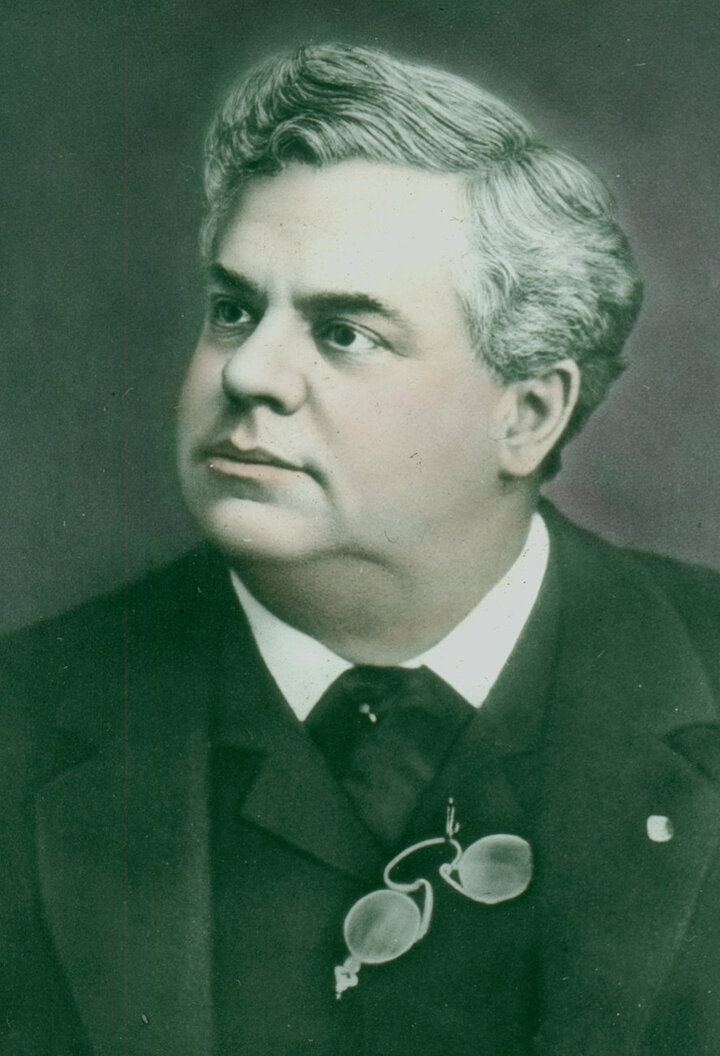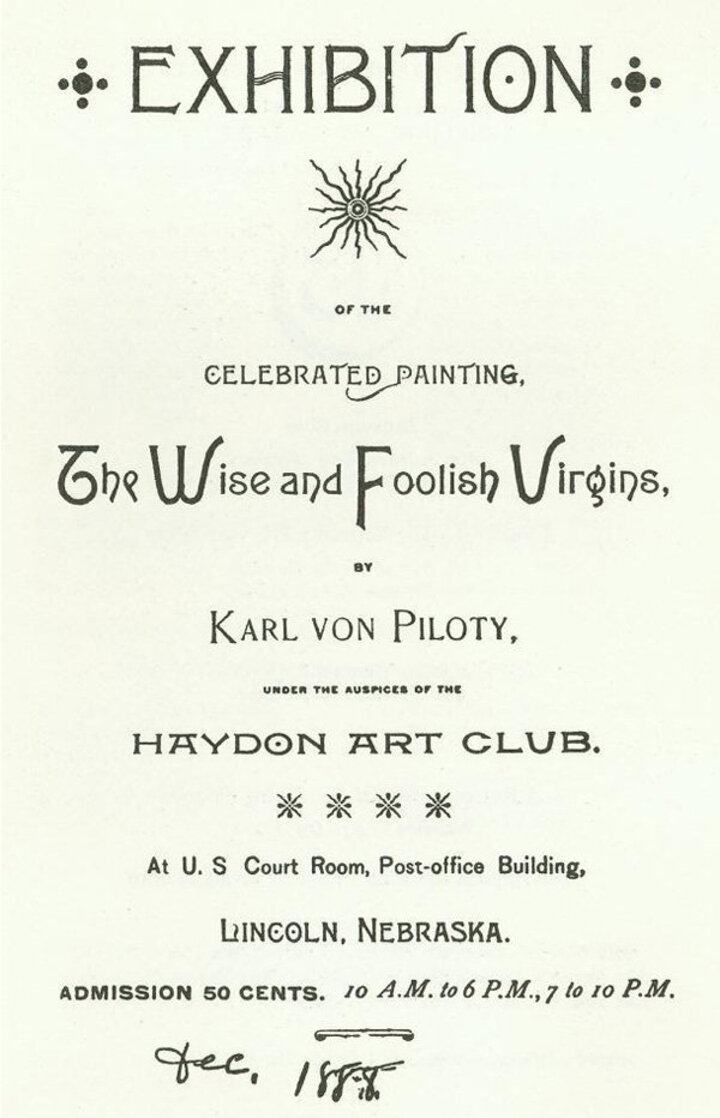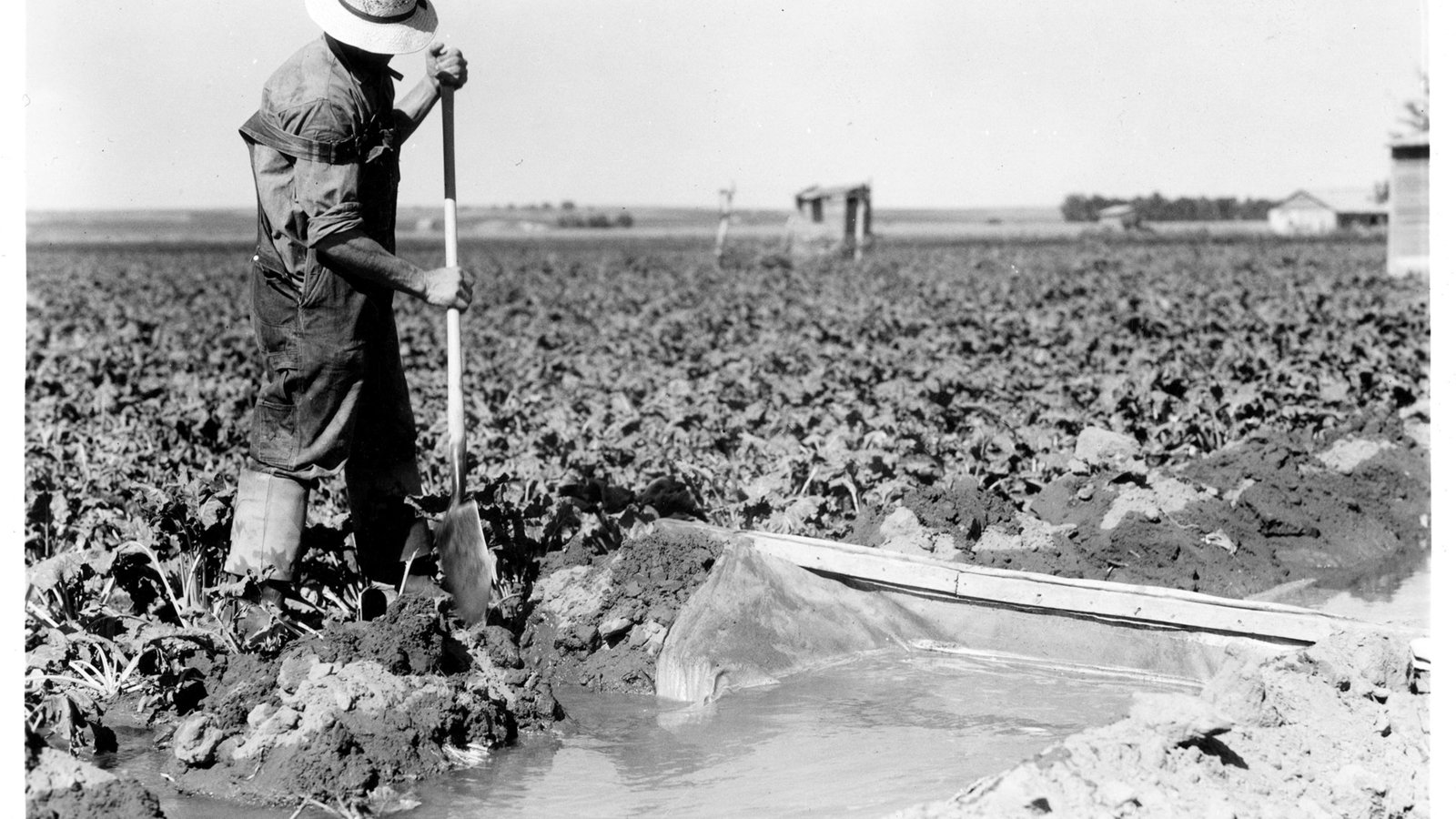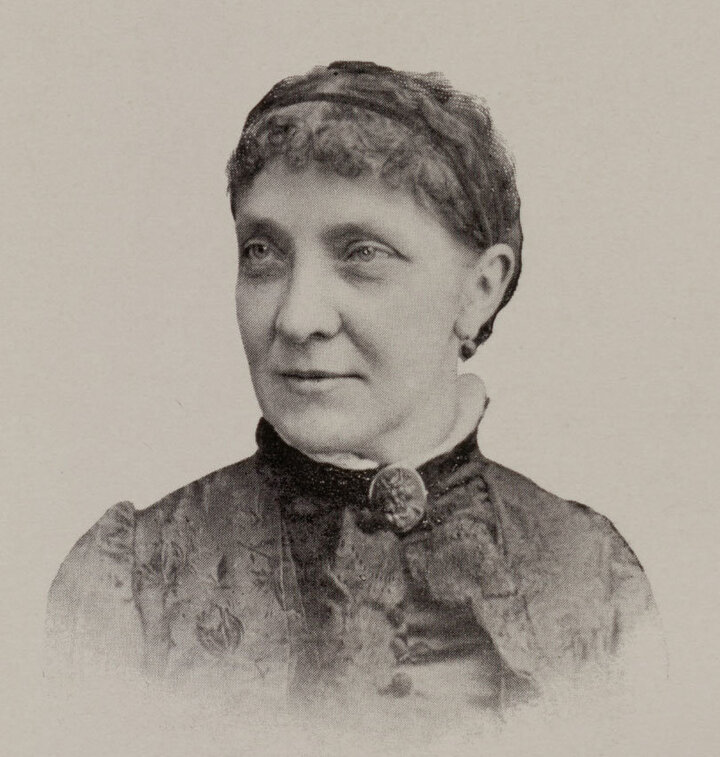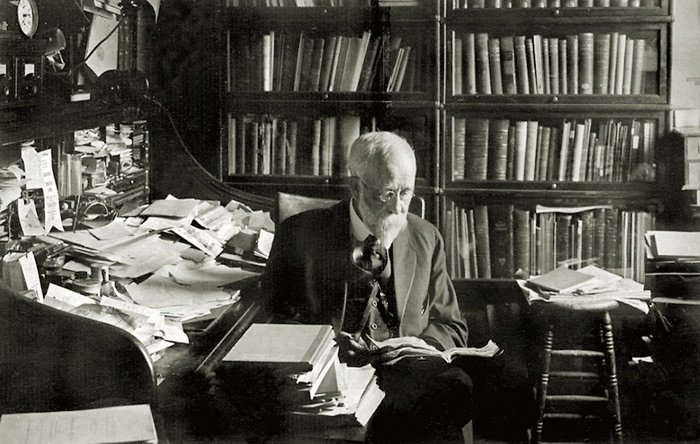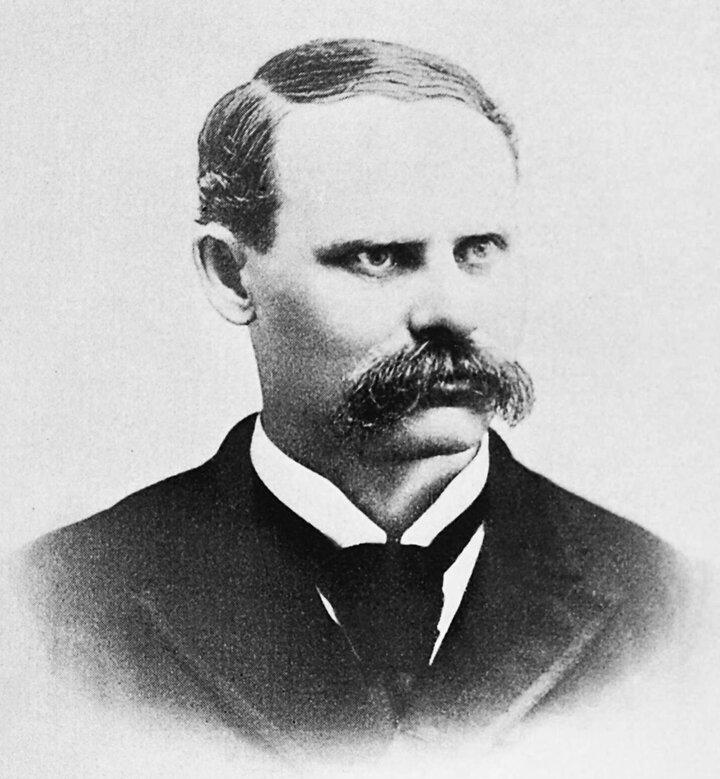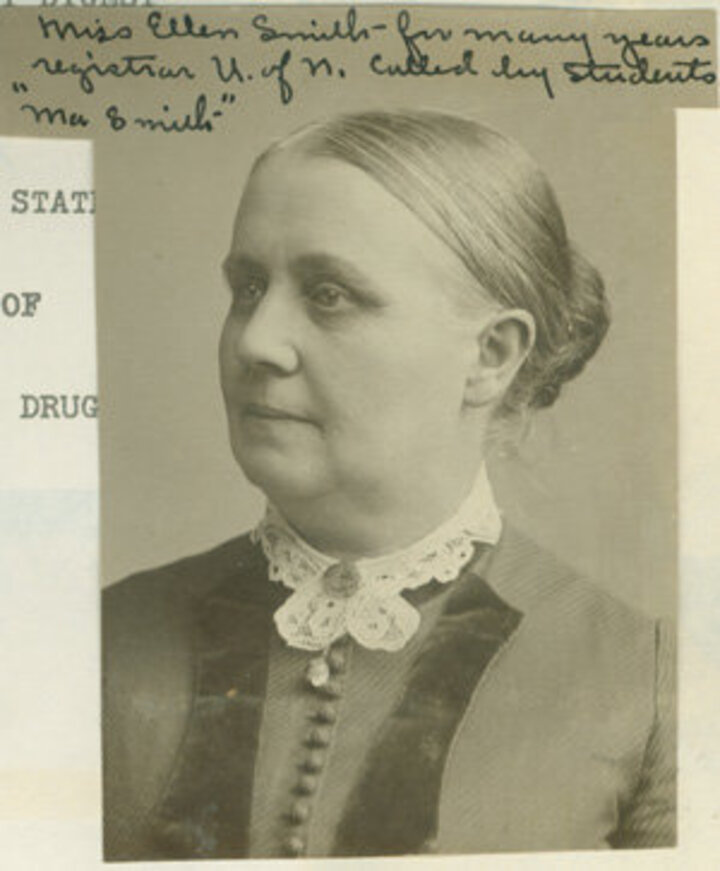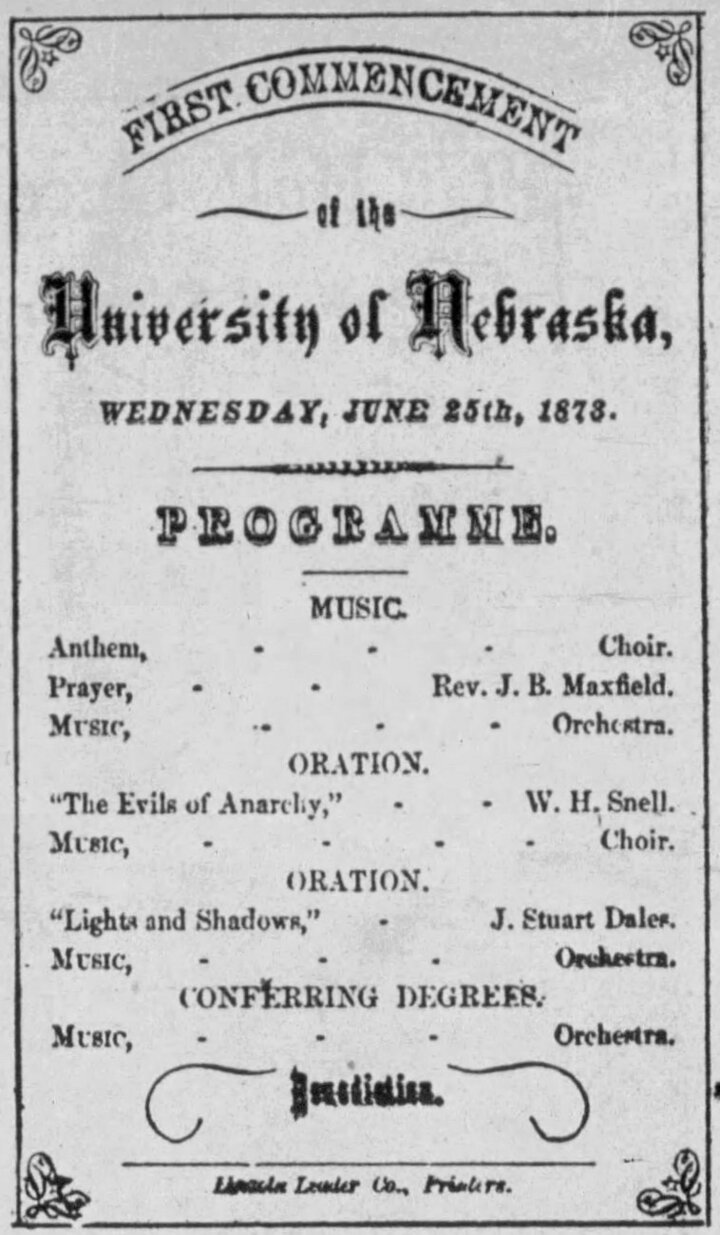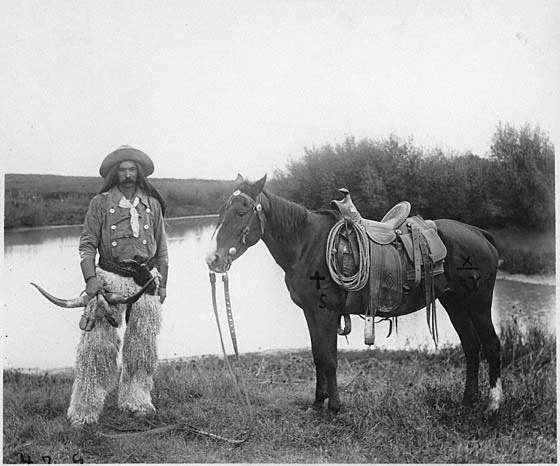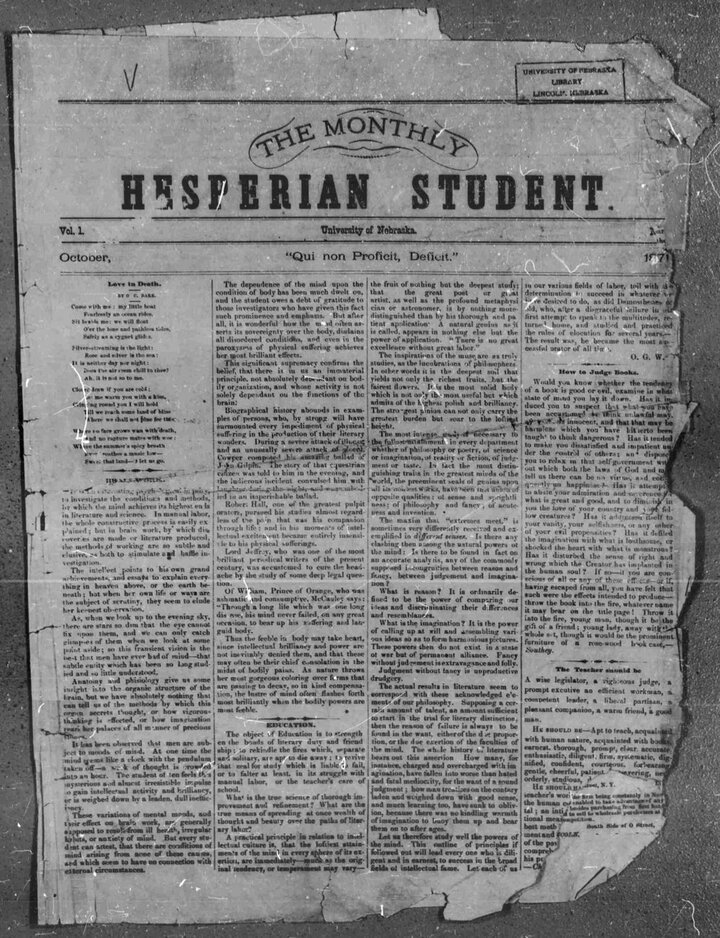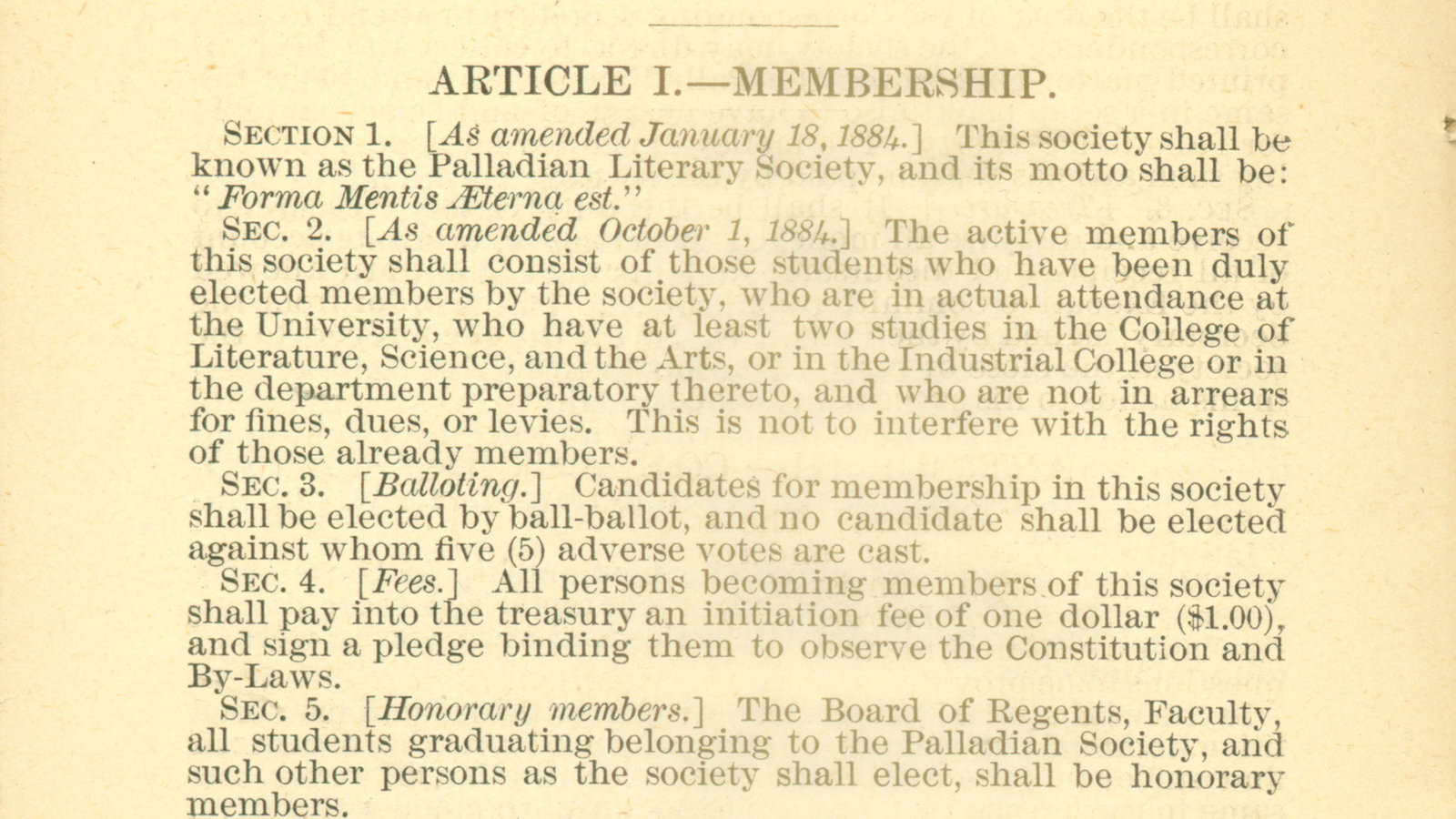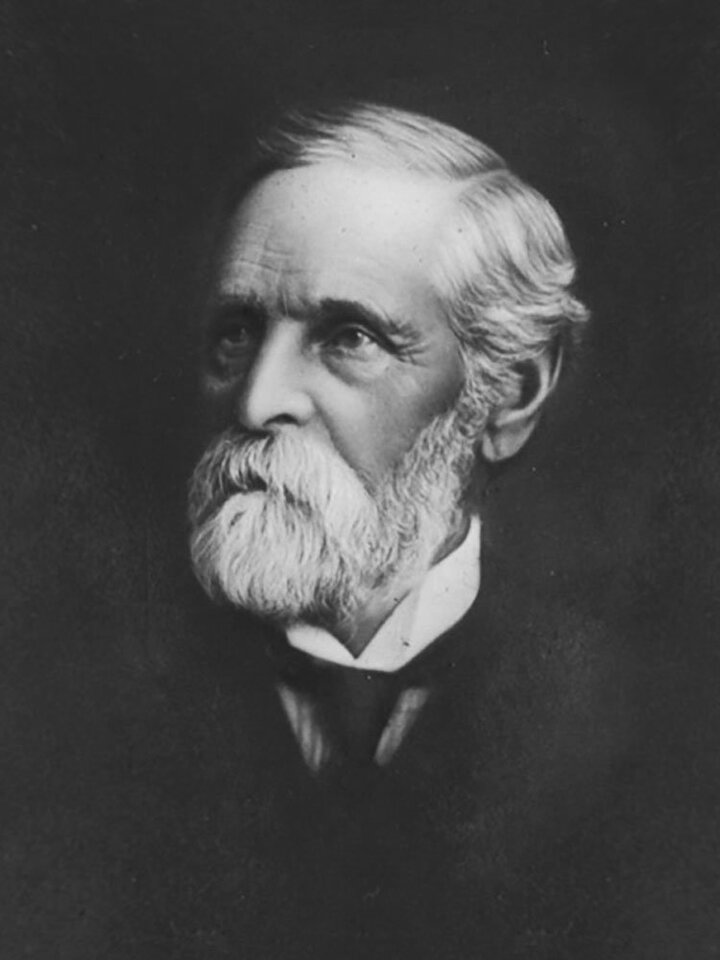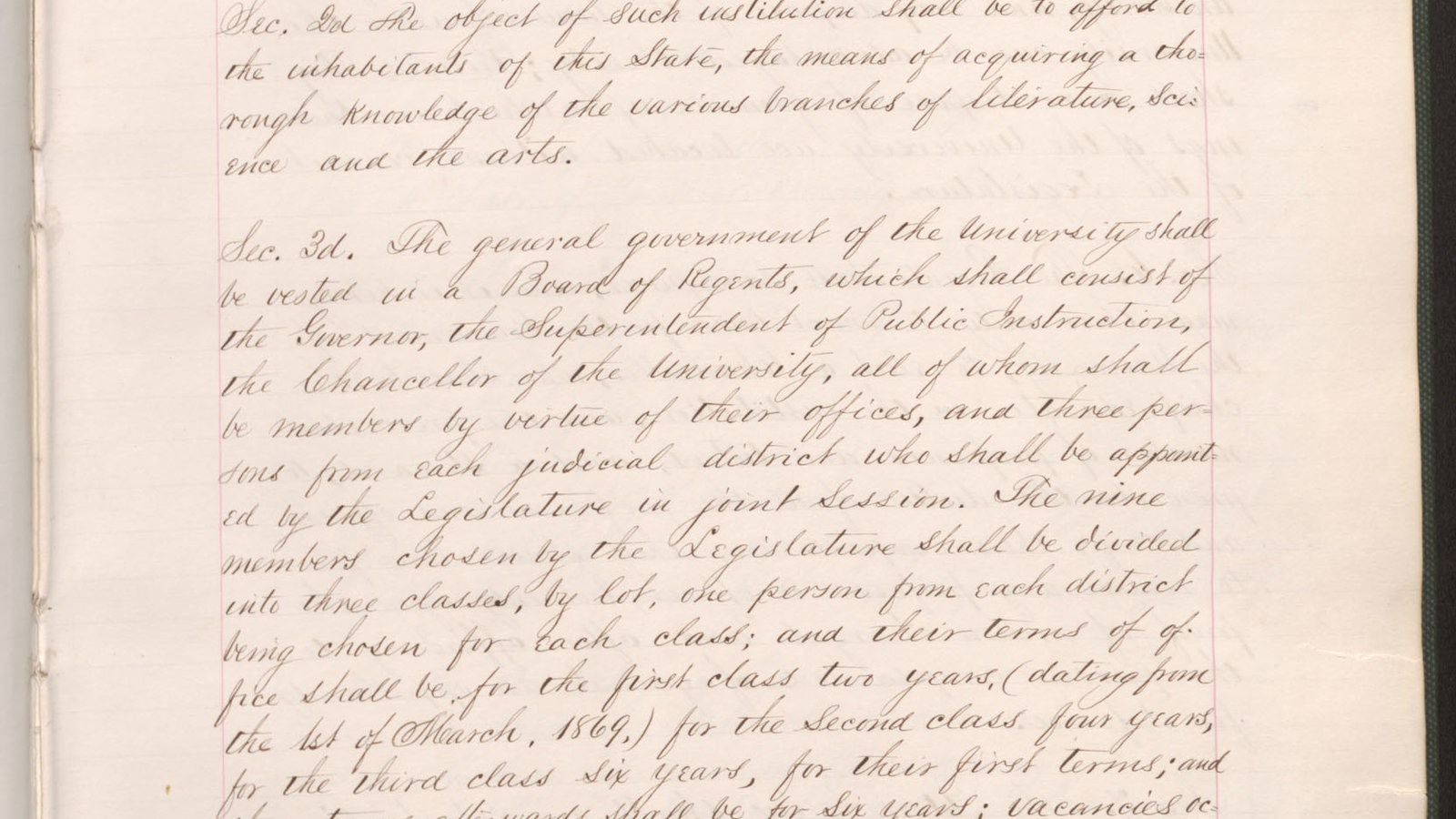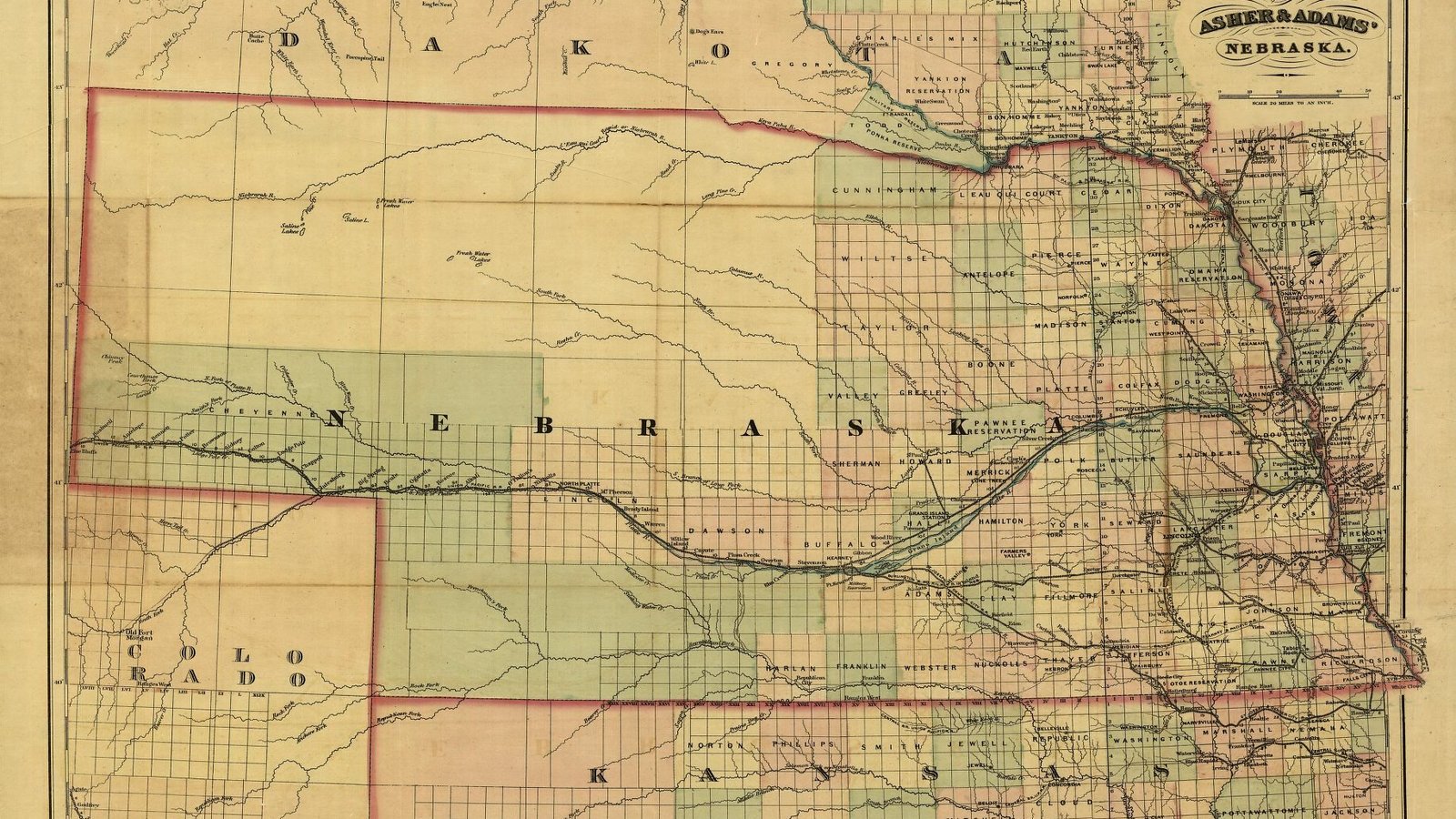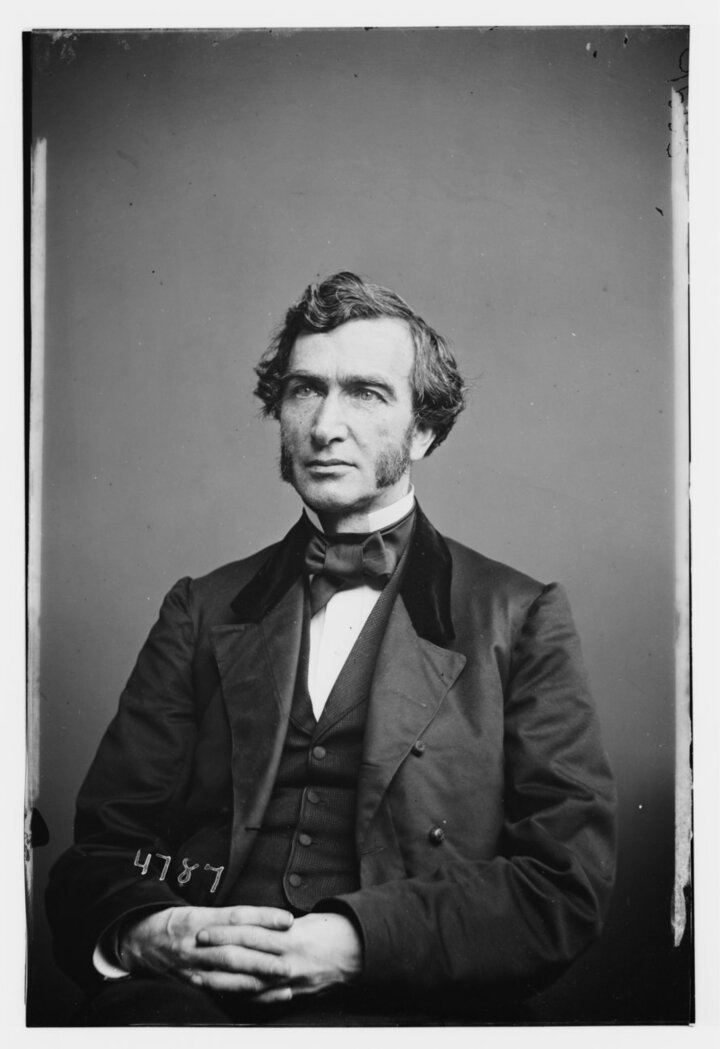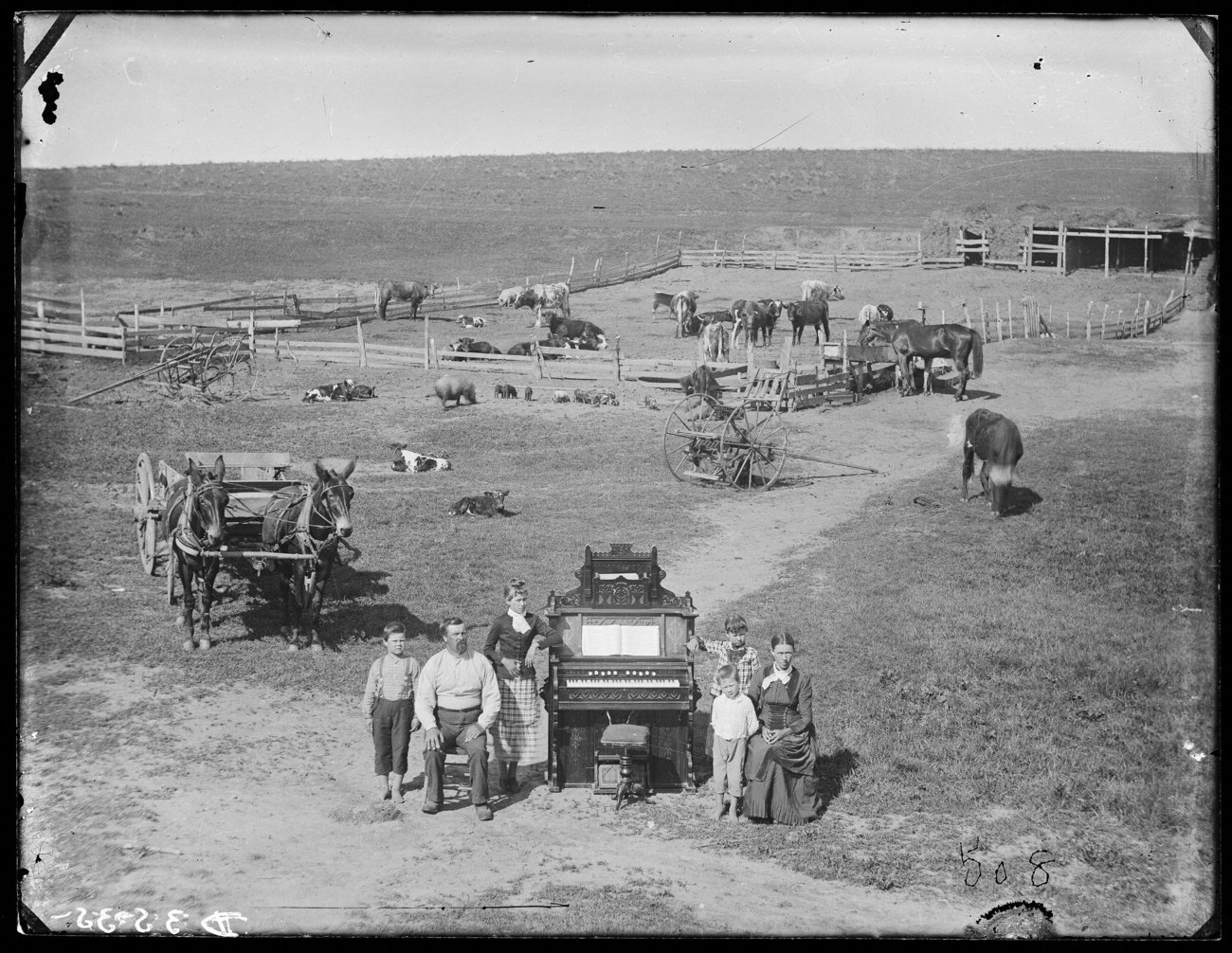MAY 17, 1917
Student Council Formed
The first student government, Student Council, forms after a favorable vote by students and faculty. Nominations were by mass meetings of colleges, schools or classes.

MARCH 11, 1909
Engineering College Established
In the second academic year of the university, a School of Engineering was established in the Industrial College. In Spring 1909, by a Legislative bill reorganizing the university, the College of Engineering is established.
Engineering coursework had proven popular. The Industrial College expanded from its few rooms in University Hall, and moved into the new Mechanical Arts Building in 1898. As the program grew, classes in electrical engineering, practical mechanics and mechanical engineering were introduced. In 1908, an agricultural engineering curriculum was instituted in the college.
In March, 1909, the engineering programs were again reorganized by the Nebraska Legislature. Programs were allocated to the new College of Engineering and the existing College of Agriculture.
In 1920 and 1926, two buildings: Agricultural Engineering (today's Chase Hall) and Mechanical Engineering (today's Richards Hall), respectively, were built; they are the oldest standing buildings originally constructed for engineering programs.
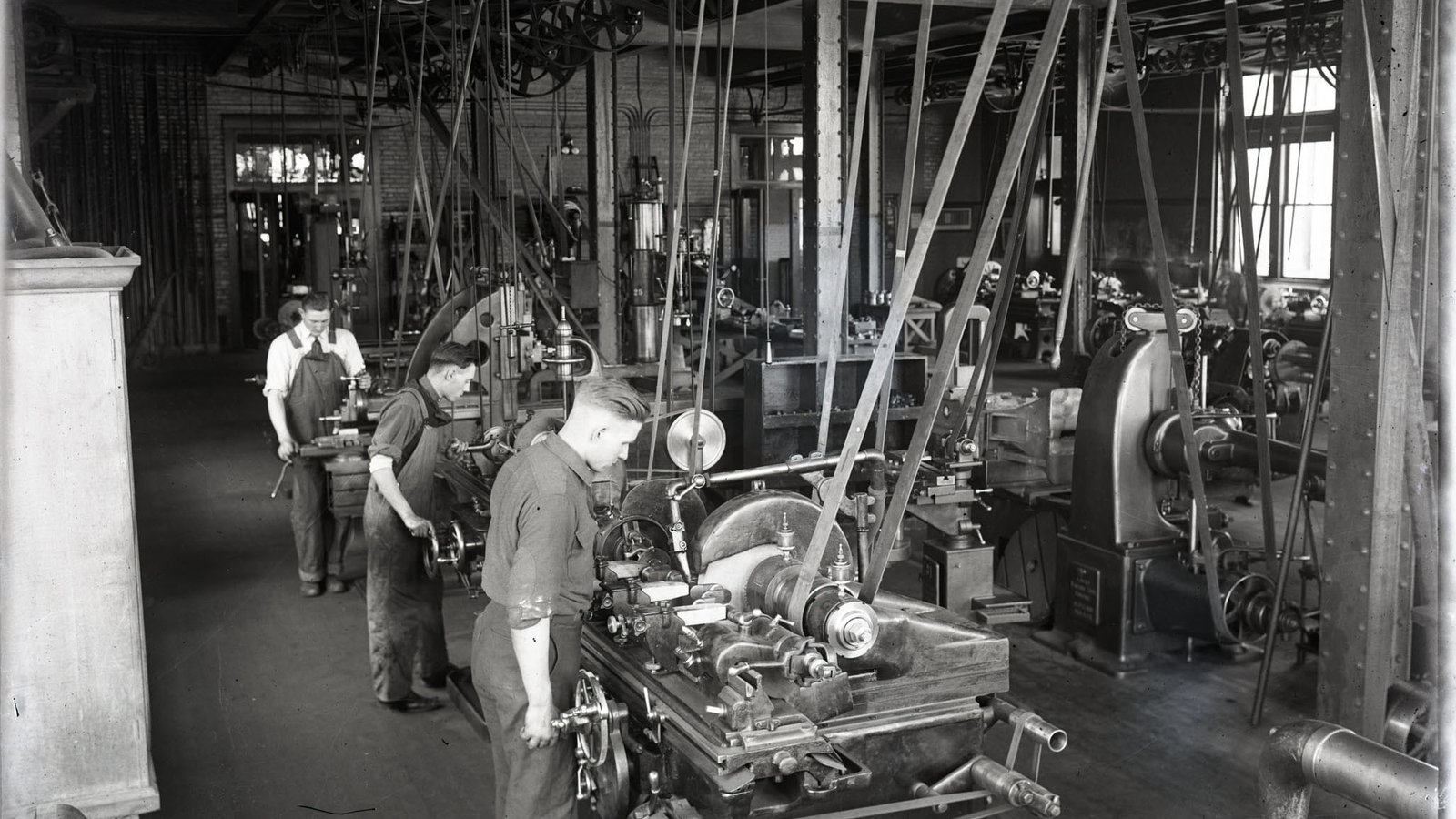
JANUARY 16, 1906
Agricultural Hall Dedicated
The dedication ceremony for Agricultural Hall on the Farm Campus is held on the afternoon of Tuesday, January 16. As part of the event, Regent William G. Whitmore presents remarks on "Some Problems Confronting Nebraska Farmers."
Agricultural Hall's planning speaks to the formality of today's East Campus Mall, in contrast to the rather more organic development of City Campus, Innovation Campus and the bulk of East Campus. In their approval of construction for the $75,000 project, the Board of Regents specified that it "be located so that the south east corner thereof will be in line with the south side of the Experiment Station." It remains so today, the two buildings perfectly flanking the mall as they have for over a century.
Ag Hall, like Ag Communications (the Experiment Station) across from it on East Campus Mall, is largely unchanged since its construction. It now houses the administrative offices of the Institute of Agriculture and Natural Resources.
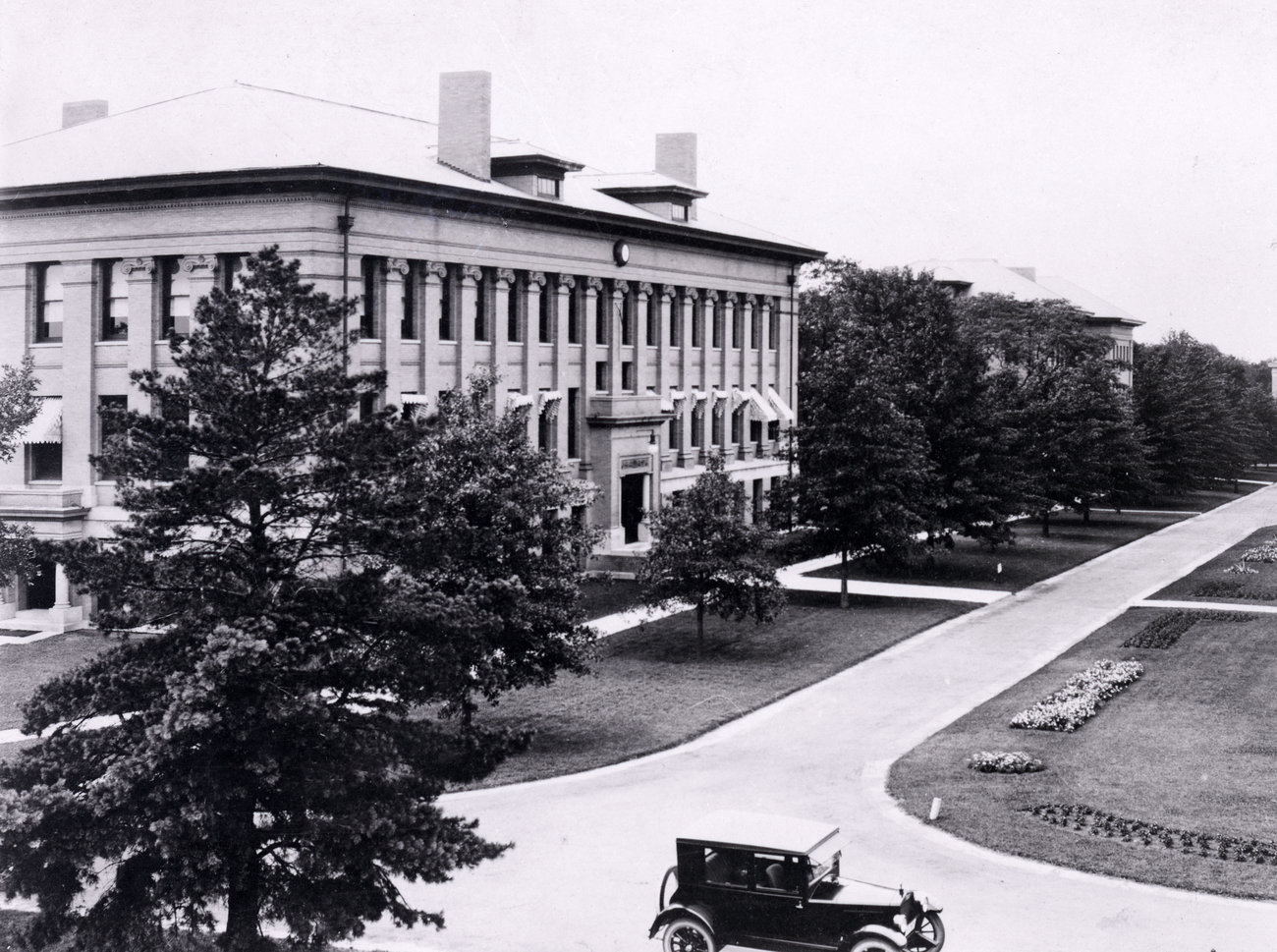
OCTOBER 14, 1900
The Cornhuskers
Journalist Cy Sherman first begins to refer to Nebraska teams as "The Cornhuskers" in October of 1900.
But where did the term come from? The first use of "corn-husker" in American newspapers is related to a hand-worn device that helped workers husk ears of corn during harvest; it was also applied to the workers themselves, the cornhuskers. These workers' social station can be discerned by this passage from an 1898 newspaper article: "whether he is judge or ditchdigger, captain of industry or cornhusker."
The name had been used by regional sports teams previously. Entering the Western Association in 1888 (the year the Lincoln Tree Planters disbanded), as the Sioux City Corn Huskers, the team from the river town 120 miles north of Lincoln would, for the 1890 season, combine the words to become the "Cornhuskers." The Cornhuskers, 1894 champions of the Western League (forerunner to today's American League) were bought by Charles Comiskey that year and moved to St. Paul to become the Saints, and later to Chicago to become the White Stockings, then Sox, but that's another story. In any case, the name as applied to an athletic team was dormant after 1894. The name's appearance in reference to University of Iowa athletics, often rumored, is limited in the newspaper record to one stray mention in the Des Moines Leader of December 2, 1900; "Hawkeyes" was always the preferred name.
The migration of this word — then commonly applied to farm implements, farm workers and a baseball team — to Nebraska athletics, begins with a sportswriter. Charles S. "Cy" Sherman had been witness to the 1893 Thanksgiving game against Iowa. The next day, he read the newspaper reports of the "Bug Eaters" victory and decided that the team was worthy of a better name. When he began his professional career as a sportswriter in 1895, he began acquiring the influence to make the change, and in the Oct. 14, 1900 Nebraska State Journal, in an account of the 30-0 victory over Ames (today's Iowa State), the term was used without capitalization. Later that fall, he began routinely referring to the University of Nebraska teams as "The Cornhuskers." The name found a willing audience; the athletic department and the Daily Nebraskan began using it for the 1901 season, and by 1907, it had become so thoroughly ingrained as a shorthand for the university that the yearbook was renamed "The Cornhusker."
Sherman Field, Lincoln's premier amateur baseball complex, is named for Cy Sherman. Sherman, a sports journalist of national influence, was instrumental in creating the Associated Press college football rankings in 1936.
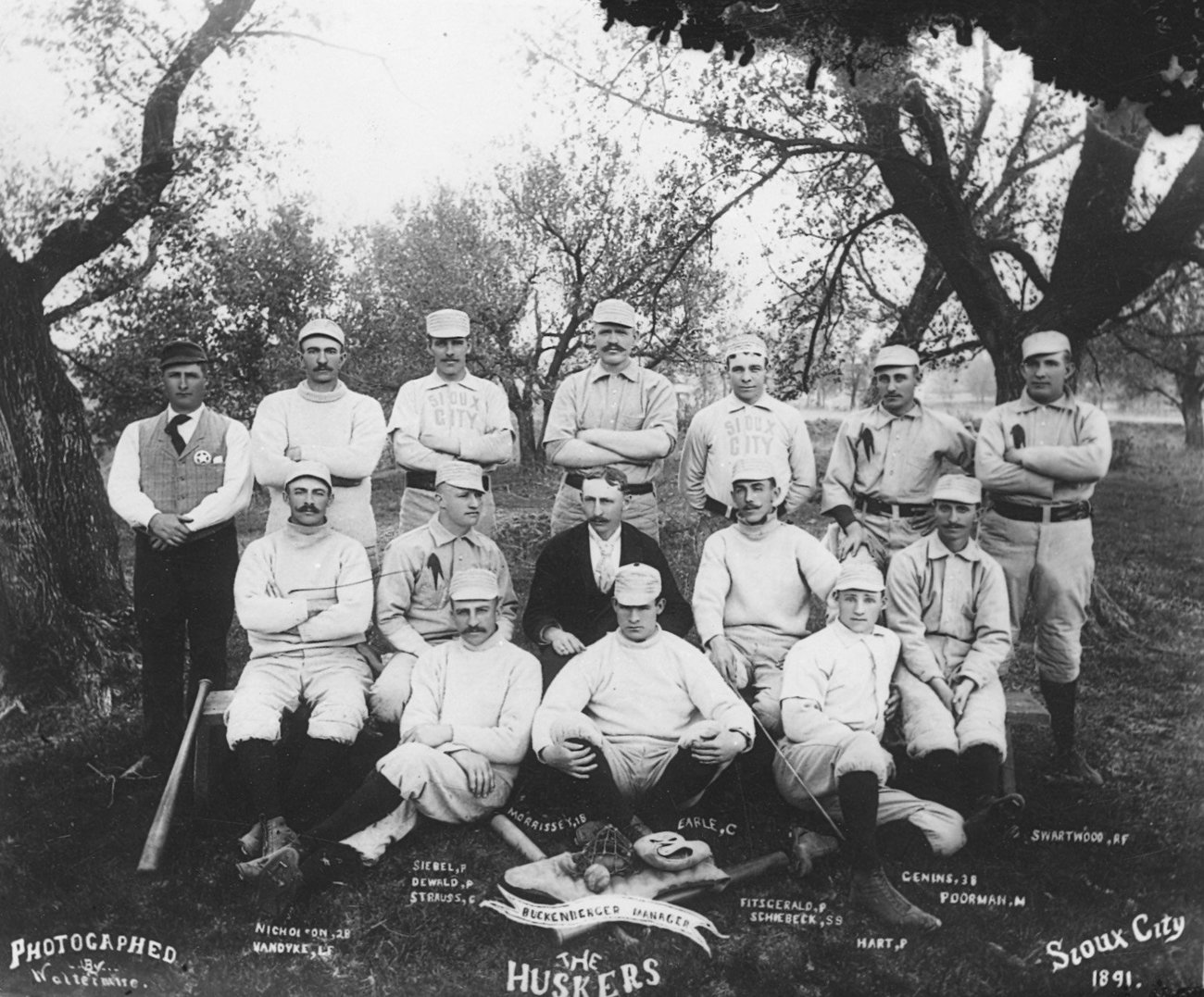
SEPTEMBER 1, 1895
University Library opens; now Architecture Hall
The new University Library building opens in fall 1895. It quickly becomes a center of campus life, along with the original University (1871) and Grant Memorial (1888) Halls.
Beautifully built with russet brick and rich quartersawn oak interiors, and today home of the College of Architecture and known as Architecture Hall, it’s the oldest extant building on any University of Nebraska campus.

OCTOBER 1, 1892
The Nebraskan newspaper founded
The Nebraskan newspaper is founded by R.E. Johnson and George Putnam as a competitor to The Hesperian, (also a monthly). The first issue is fronted with an editorial under the contentious head "The Representative College Paper." The editorial calls for a change to new school colors, mentioning upcoming "foot-ball" contests with Iowa and Missouri ... "both have old gold and it will be difficult to distinguish Nebraskans." The twelfth and final page goes over some new rule changes for foot-ball. The middle pages make no mention of foot-ball.
With the Nov. 29, 1893 edition, The Nebraskan would become a weekly. Merging with the Hesperian to become the Nebraskan-Hesperian in 1899, it sheds that title two years later to become the Daily Nebraskan, published by the Hesperian Publishing Co.
The Daily Nebraskan publishes its first edition under that title on June 13, 1901. Frank T. "Rags" Riley joins the masthead on Oct. 5, 1894 and proceeds to lead the paper for the next three years, to new levels of prominence. Riley resigns the managing editor position with the Dec. 17, 1897 issue; by that time the publication has taken on his nickname and is informally known for the next 100 years as "The Rag."
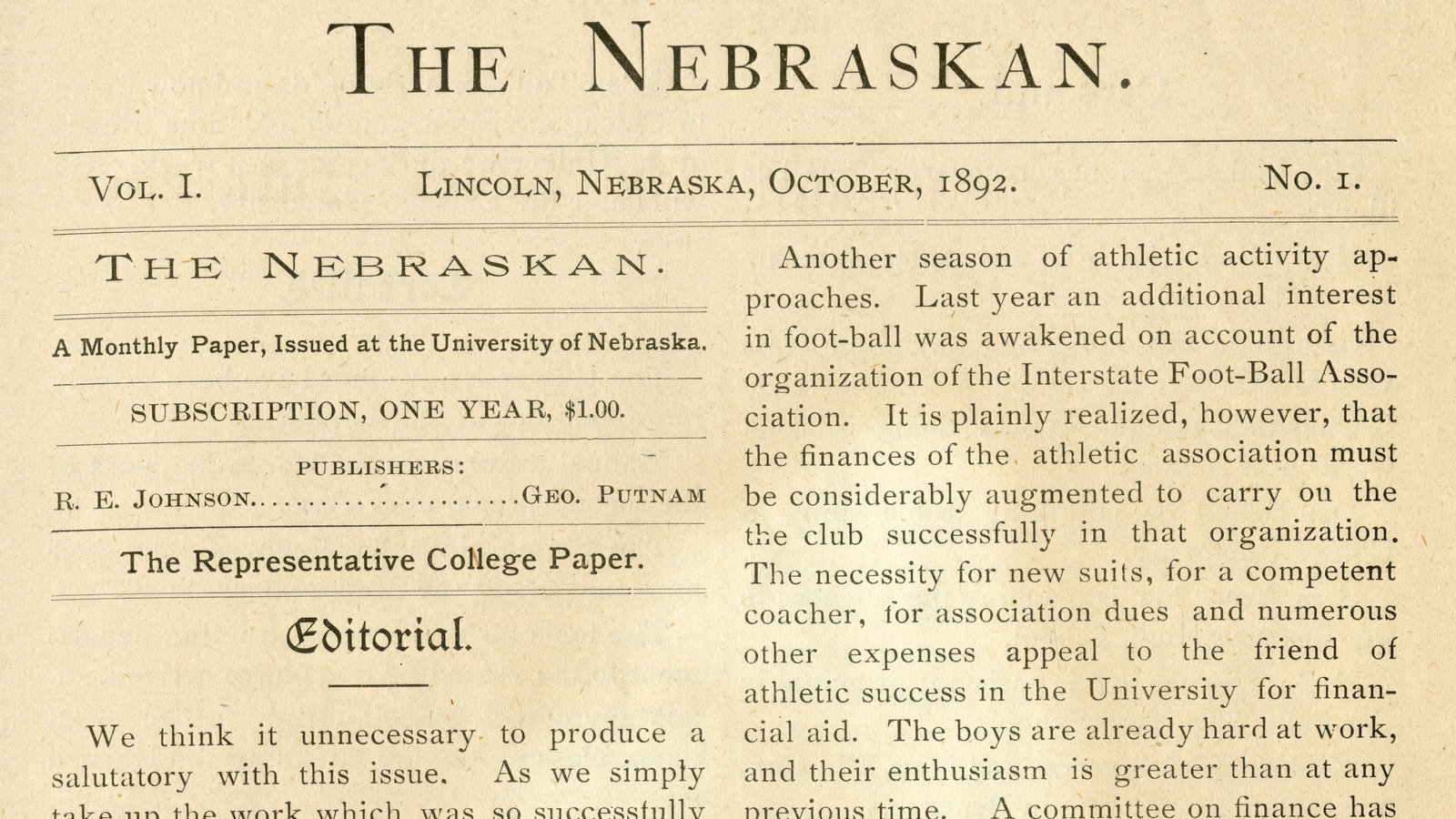
NOVEMBER 27, 1890
Football begins: The Old Gold Knights
Nebraska football begins. The first team was called the Old Gold Knights (as 'Old Gold' was then the school color). On November 27, 1890, Nebraska's first football team defeats a team representing the Omaha YMCA by a score of 10-0, and follows up with a win against Doane; 18-0. In the 1891 season, Doane is played three times, with two wins going to Nebraska, and NU played its first interstate game, against Iowa, losing by a score of 22-0 in Omaha on Thanksgiving Day.
By the middle of November, 1892, rails were singing with football teams aboard, in Nebraska's case as part of the new Western Inter-State University Football Association. Illinois had been played (Nebraska won 6-0), a game with Missouri scheduled for Nov. 5 had been forfeited (Nebraska had a black player, George Flippin, and Missouri refused to play), a game opposite Iowa on Thanksgiving Day was scheduled (it would end in a 10-10 tie), and losses were suffered at Denver Athletic Club and at home against Kansas.
In that third season, Nebraska's uniforms were scarlet and cream, the team was known as the Bugeaters — a name sure to instill fear in the hearts of competing teams from the east — and the student body had settled on a yell: "U-U-U-n-i, Ver-Ver-Ver-Si-Ti, N-E-Bras-Ki, O-My!"
Foot-ball was a sensation.
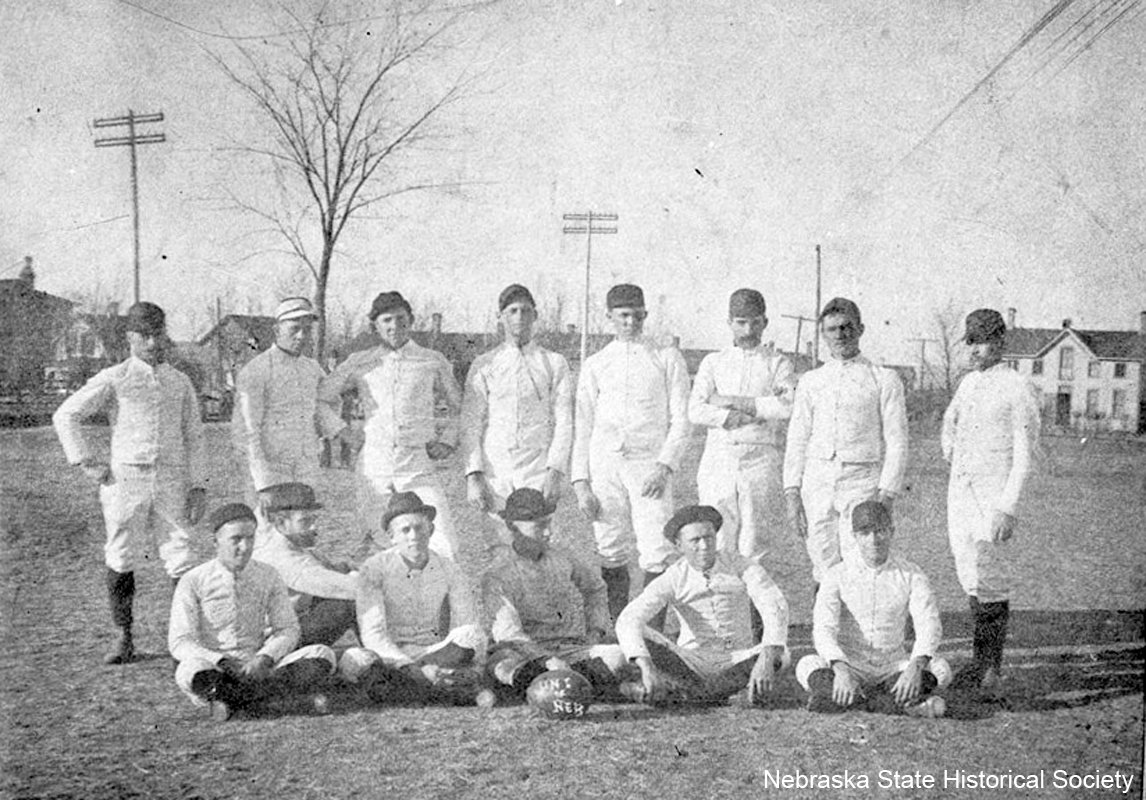
MARCH 2, 1887
Hatch Act passes; funds Experiment Stations
Teaming with his old colleague Seaman Knapp at Iowa State, Nebraska professor Charles Bessey helps author the Hatch Act of 1887, which passes Congress and is signed by President Grover Cleveland on March 2. The Hatch Act creates and funds Experiment Stations at public universities. On March 31, the Nebraska State Legislature moves to take advantage of the Hatch Act and creates the Agricultural Experiment Station (a name later to be associated with a purpose-built building).
Nebraska's Agriculture Experiment Station building opened in 1899 on East Campus. The background map shows Experiment Stations across the United States in the year 1900. Nebraska's Experiment Station formed the nucleus of today's Nebraska Extension.
Today known as Agricultural Communications, the Agriculture Experiment Station is the oldest building on East Campus, anchoring the southeast corner of East Campus Mall.
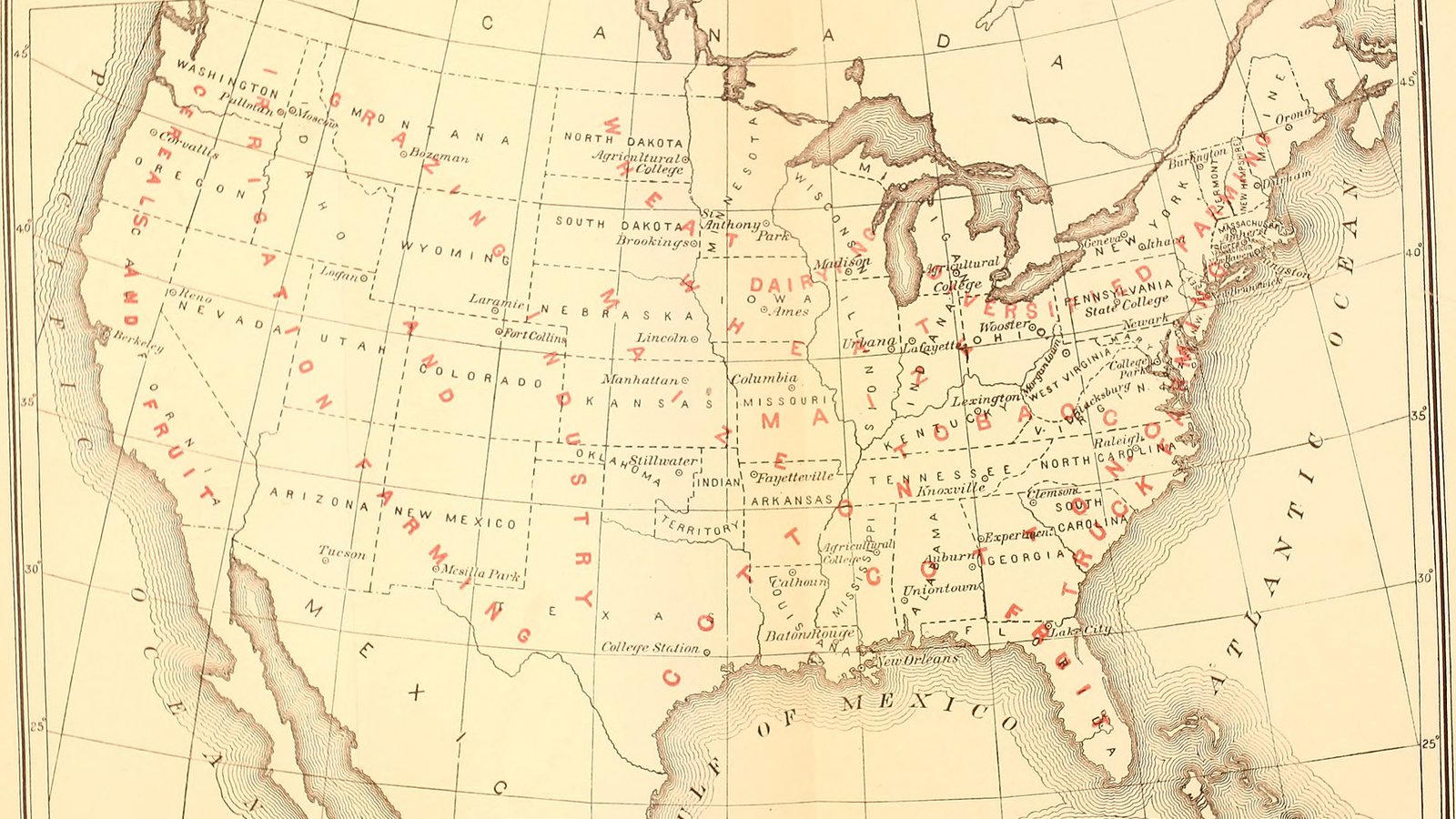
OCTOBER 1, 1879
The First Band
Lt. Isaac Webster starts a 12-member band, soon noted for its musical inexperience, with the intention of provoking interest in military drill. The University of Nebraska Military Cadet Band grows in ability and talent into what is today known as The Cornhusker Marching Band, "The Pride of All Nebraska."
The military affiliation of the band was well-established when John J. Pershing took over as Professor of Military Science and Tactics in 1891, but the band had until that point performed while stationary. It was at Pershing's direction in November of the following year that the band march along with the military drills at halftime of a football game.
Perhaps owing to his experience at Nebraska, General of the Armies John J. Pershing established the U.S. Army Band by order on Jan. 25, 1922; that band has since been known as "Pershing's Own."
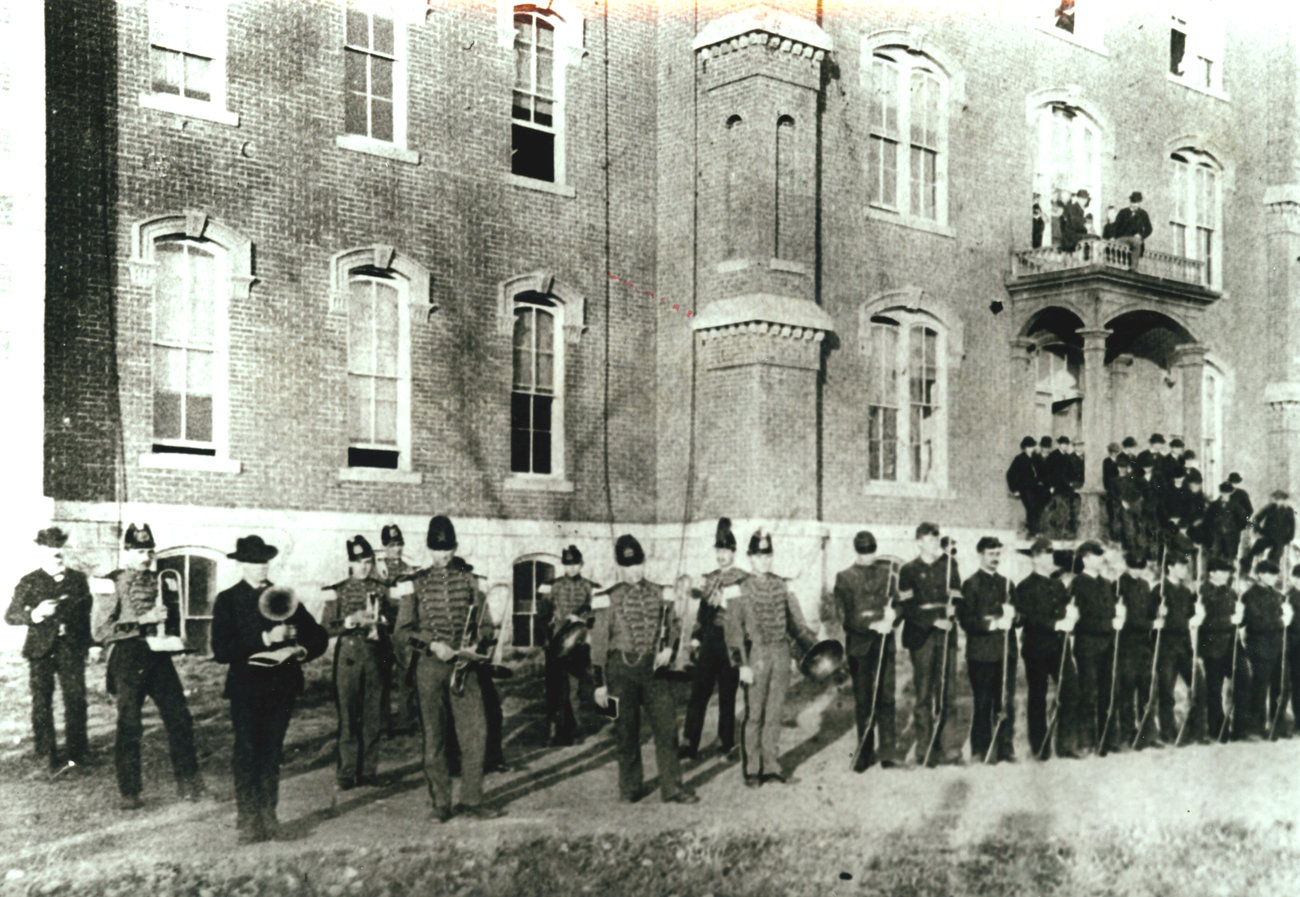
SEPTEMBER 1, 1874
Culver Farm purchased; future East Campus
The Farm is established. After 15 male students enrolled in an agricultural course, the Board of Regents purchased the 320-acre Moses Culver farm, northeast of the dirt intersection of 33rd and Holdrege Streets, for $55 an acre to establish a model farm for students. Of the location, a Professor Thompson wrote that it was "far enough from the city to be out of the way of its temptations to idleness and worse, and yet be near enough to enjoy all its literary and public advantages." A frame house included in the sale was intended to be a dormitory, but it became Senator W. “Dad” Perin’s home when he was chosen as the Superintendent of the University Farm. Today, this location is memorialized with the Perin Porch.
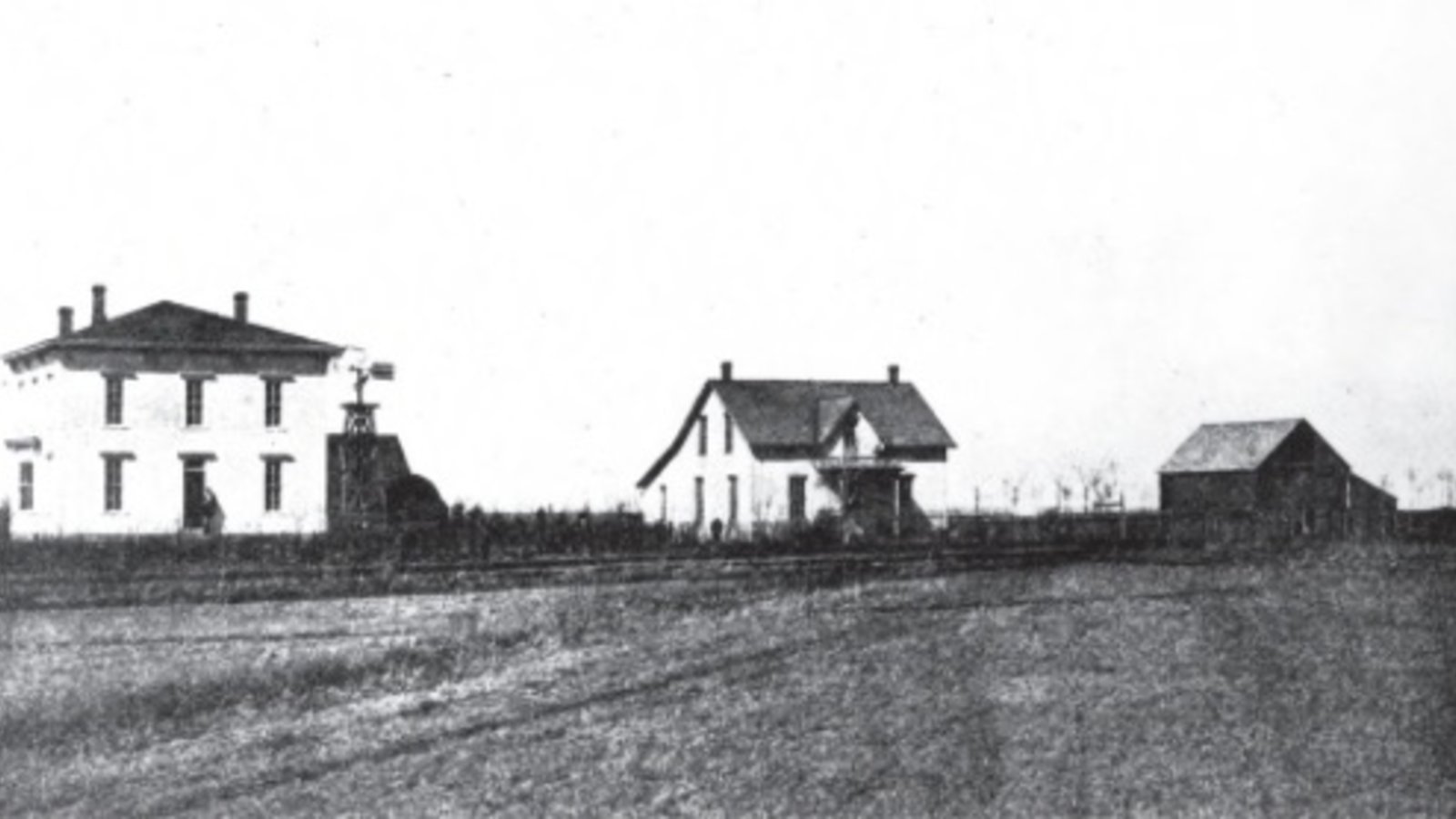
SEPTEMBER 6, 1871
Nebraska opens its doors to all
One hundred thirty students enroll for the 1871-82 academic year; 20 pursuing university coursework, the rest in the preparatory school. All classes were held in University Hall (cornerstone laid Sept. 23, 1869), an imposing but flawed building plagued with construction issues. It was demolished in 1948.
The university was from the beginning open to all people, including those of limited means. Tuition was free, textbooks were provided at cost, and the university charter underlined the State of Nebraska's intent: "upon proper evidence of the good character of any student and his or her admission to acquire an education and inability to provide his or her own means," books would be donated to the student and arrangements would be made to account for living expenses.
Any aspiration was suddenly available to the sons and daughters of pioneers.
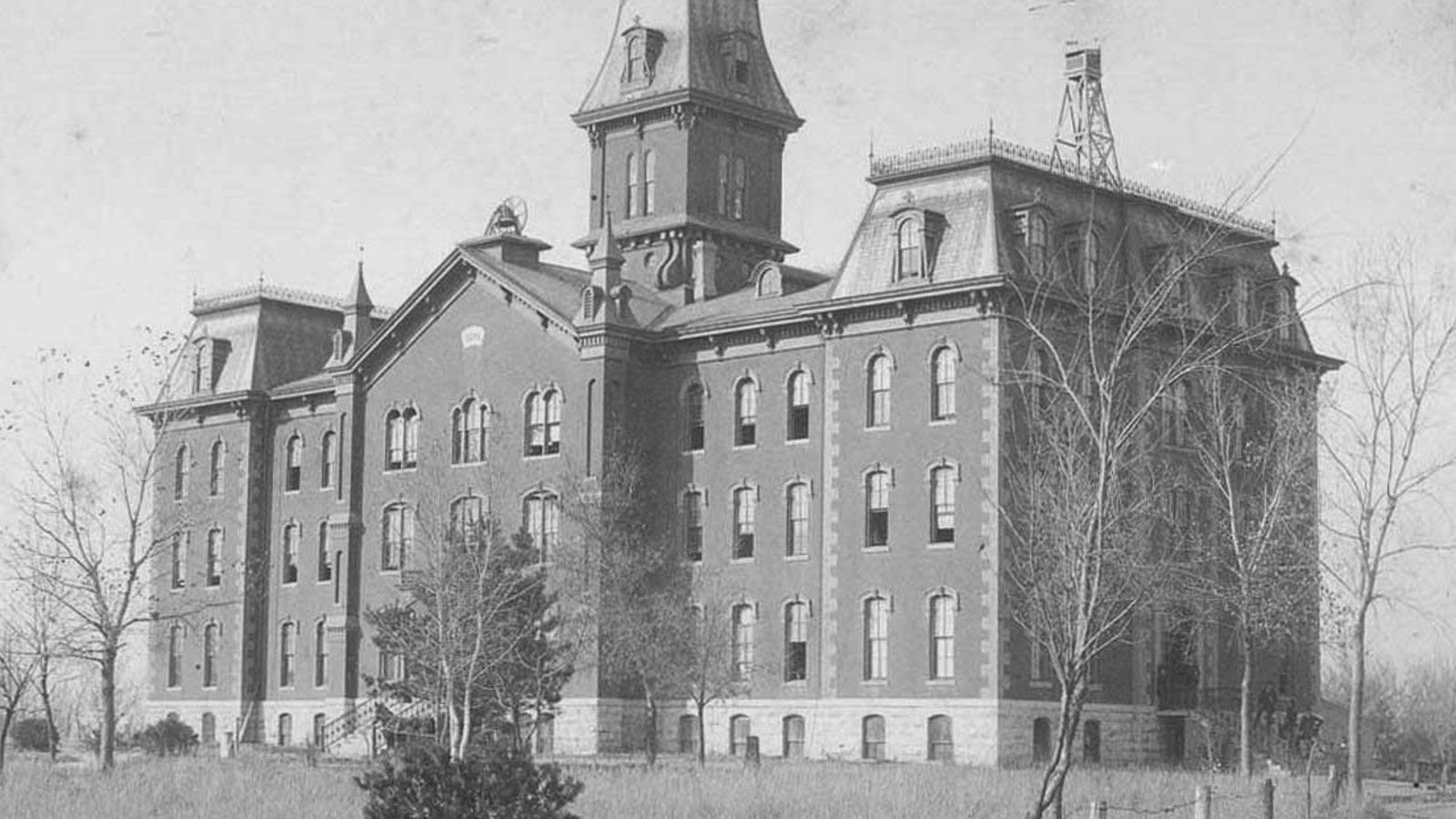
NOVEMBER 17, 1863
Prologue: Railroad accelerates state development
No one technology was more important to the development of early Nebraska than the advent of the railroad. Though a bill to create the Pacific Railroad had been signed into law on July 1, 1862, one day before the signing of the Morrill Act, it was a later amendment, enacted on Nov. 17, 1863, that brought into focus the dramatic acceleration of development that the transcontinental railroad project would bring to Nebraska. On that day, Council Bluffs, Iowa, across the Missouri River from Omaha, was selected as the connecting point of this new Pacific route to points east. As there was yet no bridge, the railroad west to the Pacific started out from Omaha; a bridge would come later.
The federal laws noted here — the Homestead Act, the Morrill Act, and the Pacific Railroad Acts — were championed and signed by President Abraham Lincoln during the Civil War. Two days after fixing the eastern terminus of the Pacific Railroad, he would deliver the Gettysburg Address.
By the end of the decade, on May 10, 1869, Omaha-based Union Pacific would famously meet the Central Pacific at Promontory, Utah to complete the transcontinental route to San Francisco. But before the railroads met a thousand miles west, the central nervous system of state development would form along the old trail routes through the verdant valley flanking the un-navigable Platte River. Ironically, the braided stream, itself so hostile to freight, had over the millennia created the perfect corridor west for wagons, railroads, and later highways and Interstates. Steam engines, by design, required watering stops every seven miles or so, giving rise to development of settlements at evenly-spaced intervals along the rich valley.
